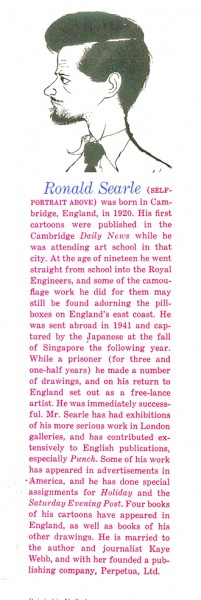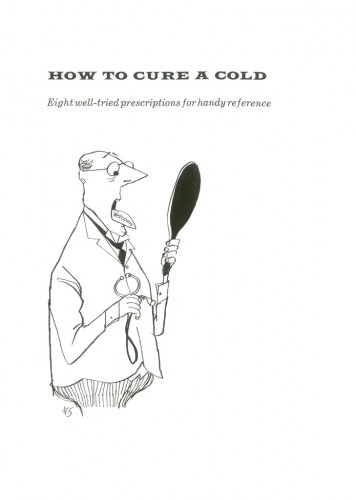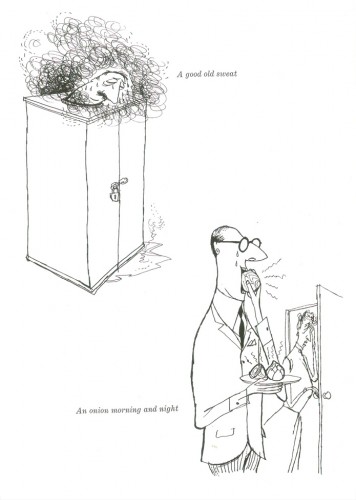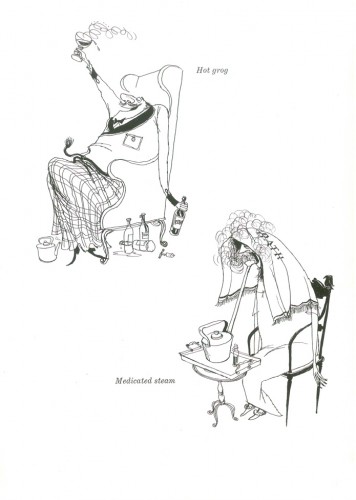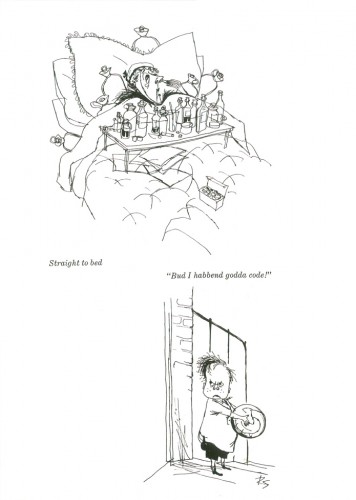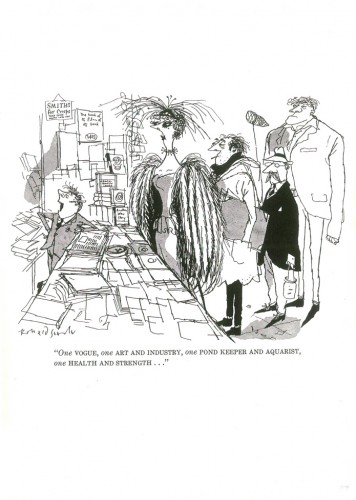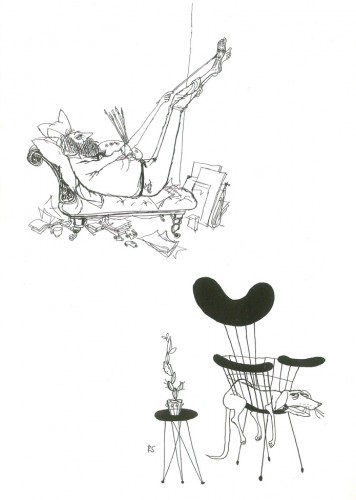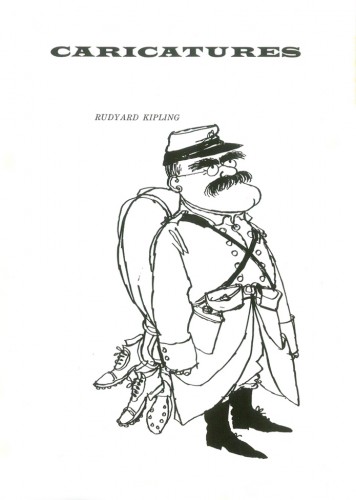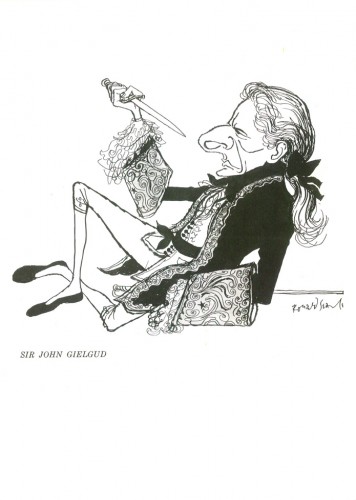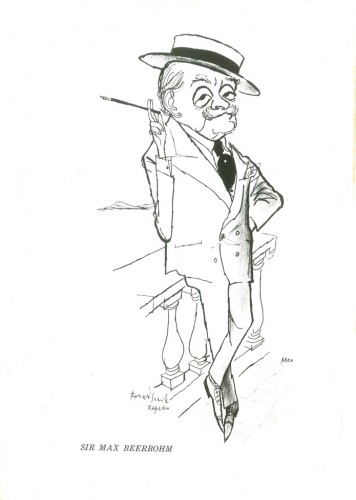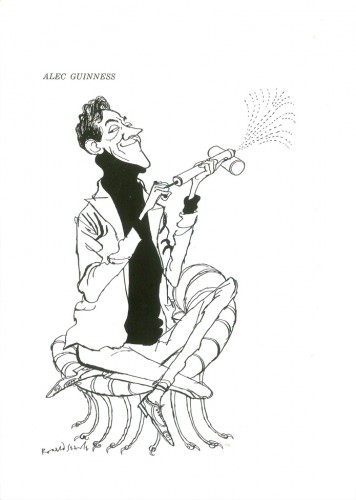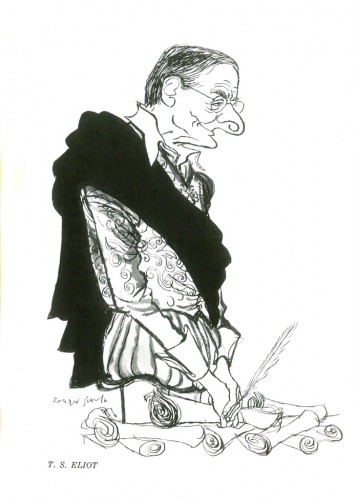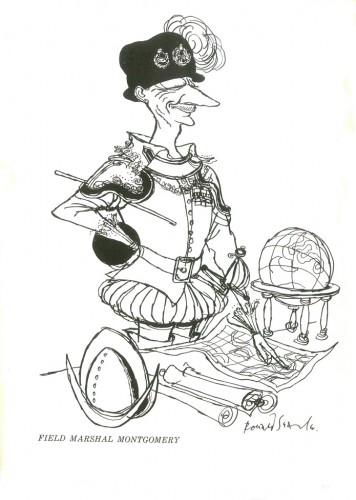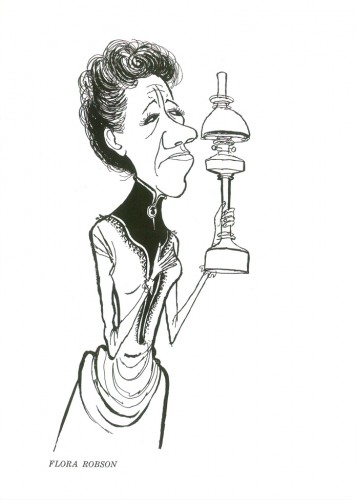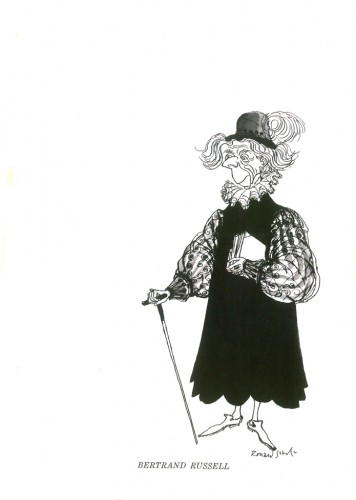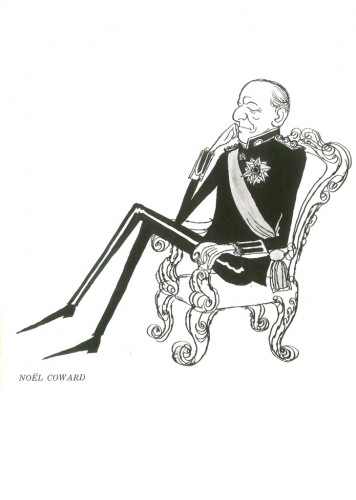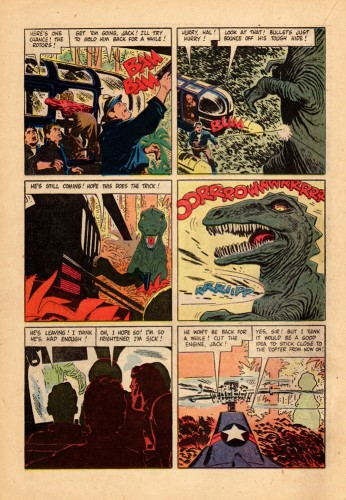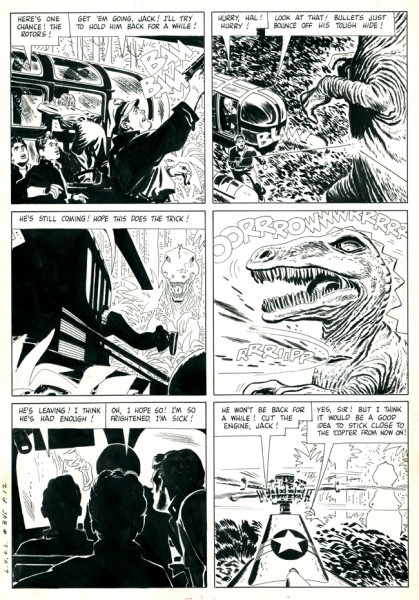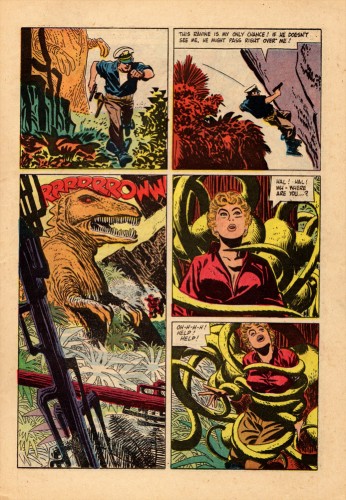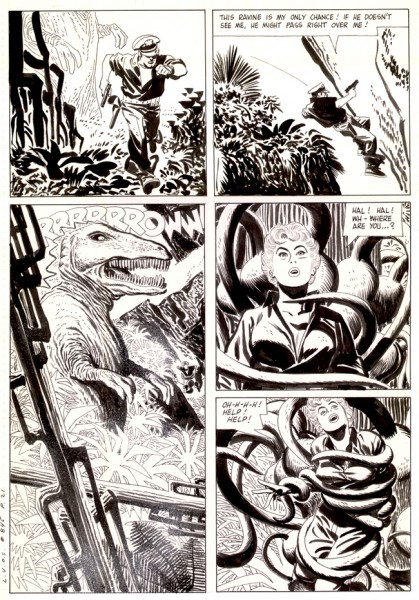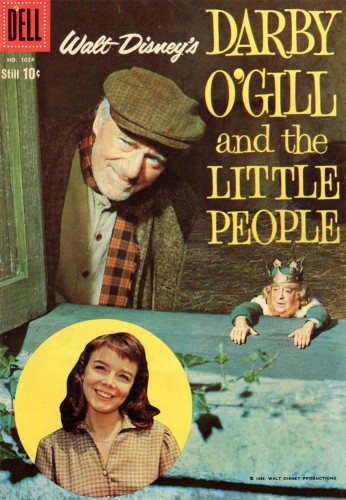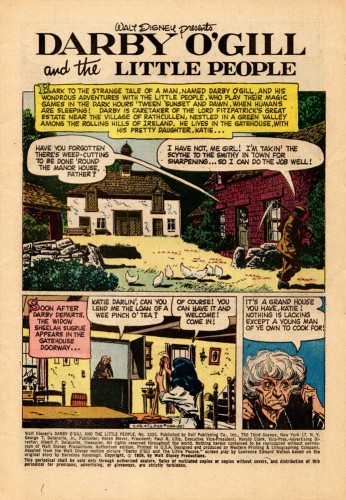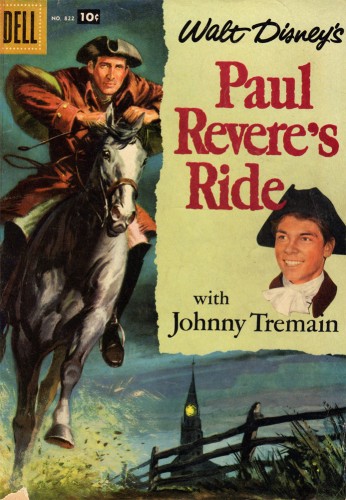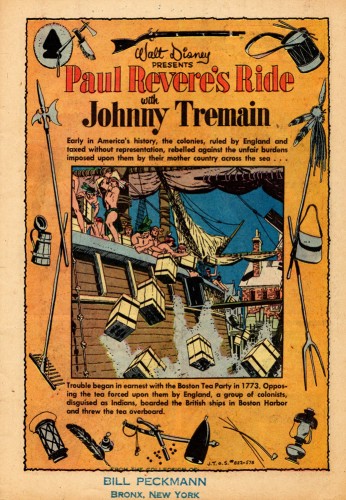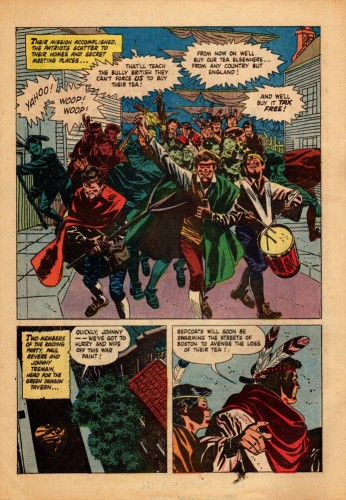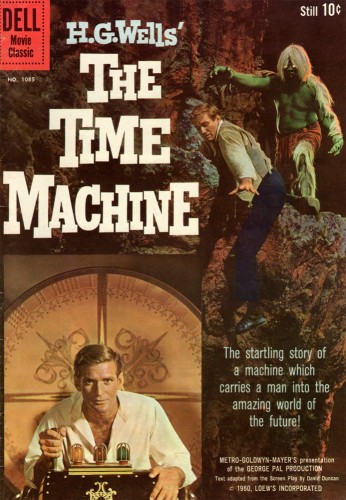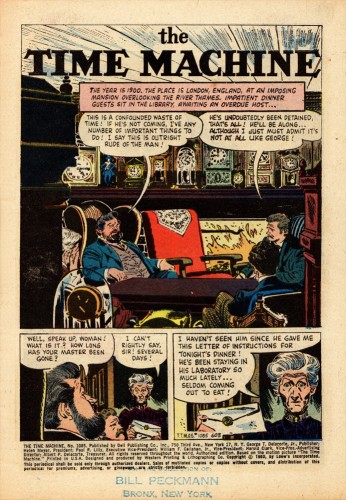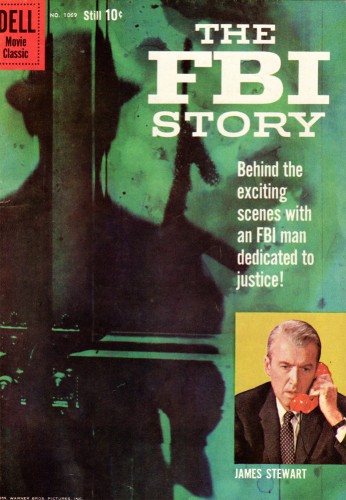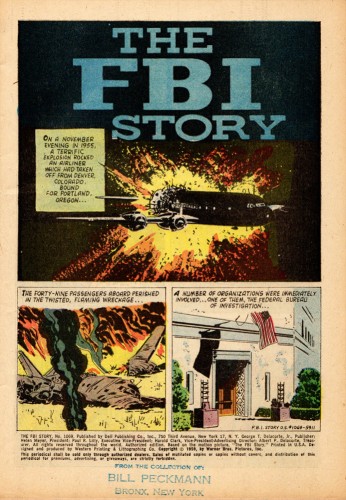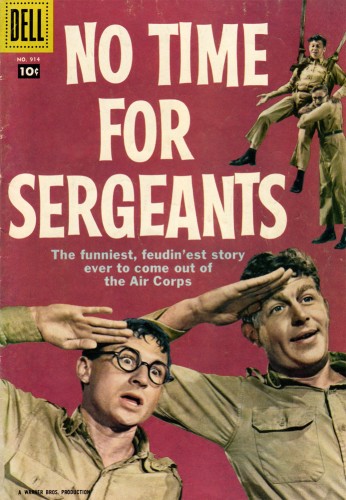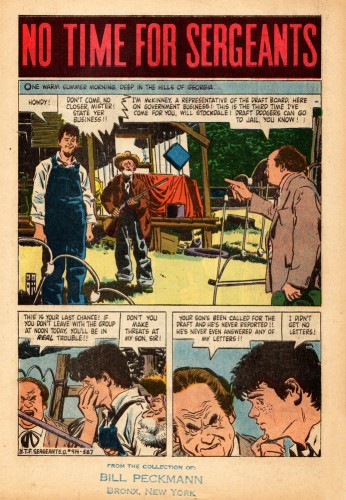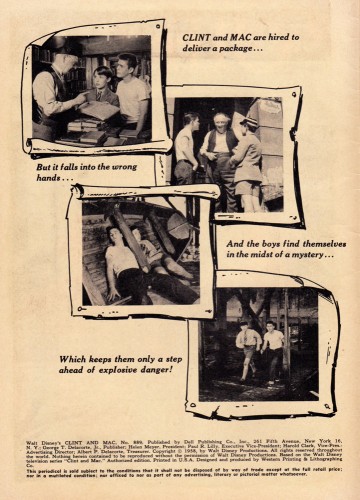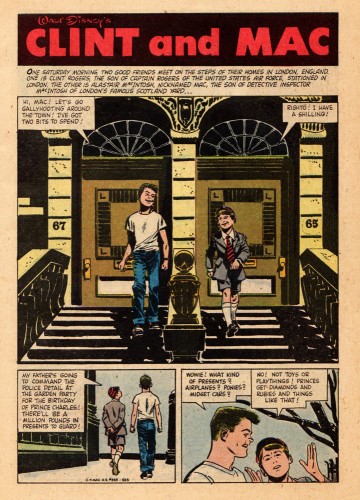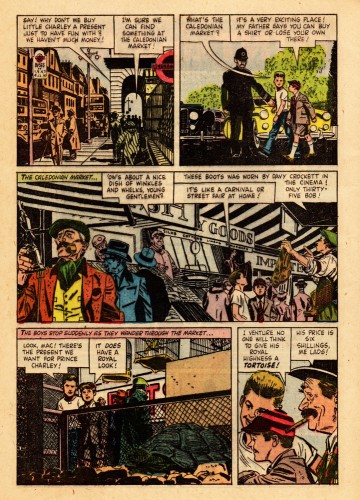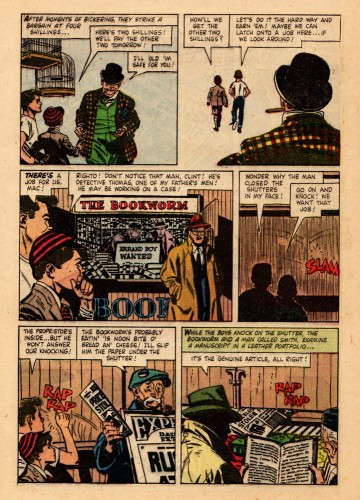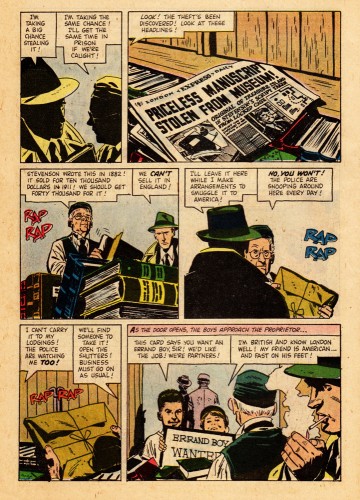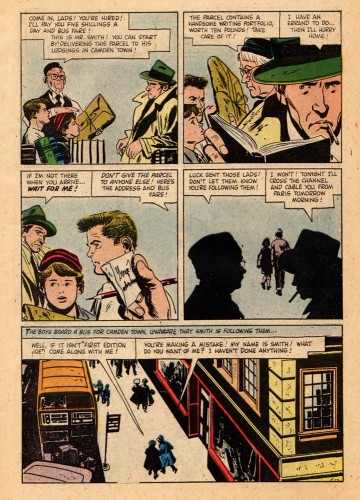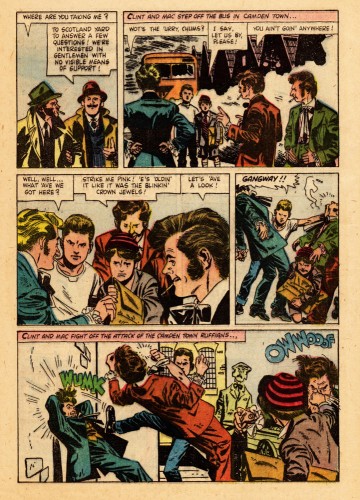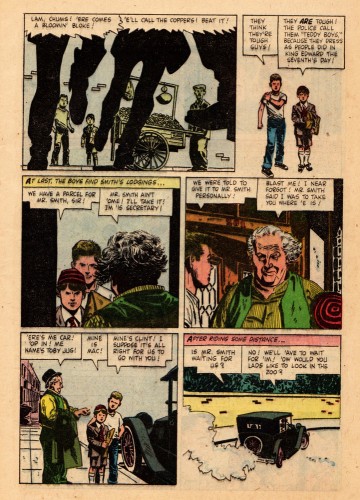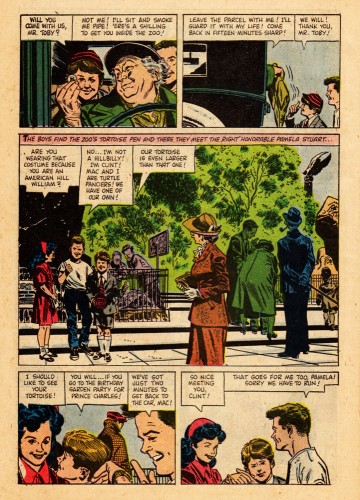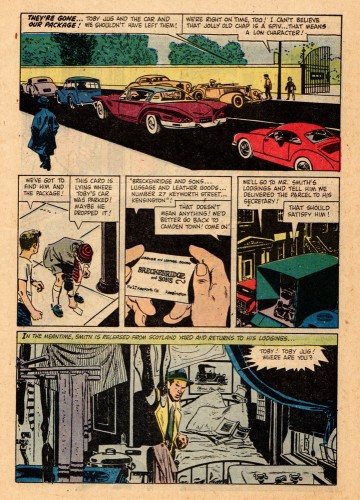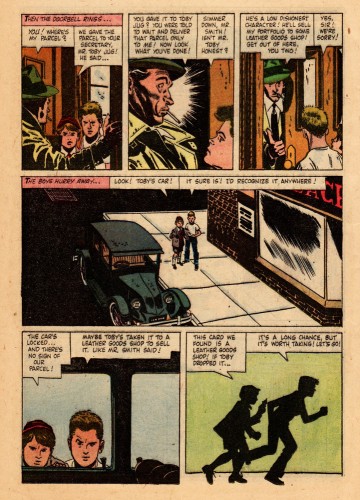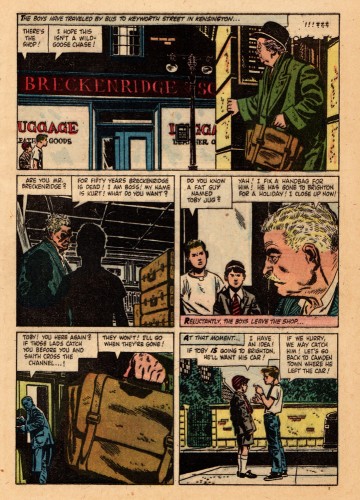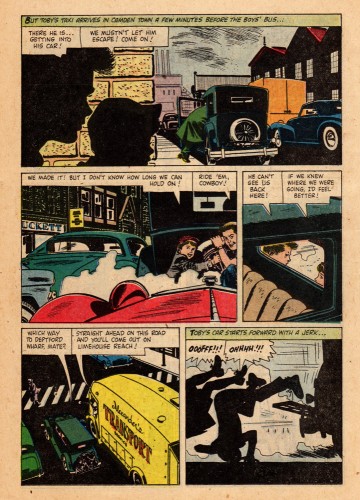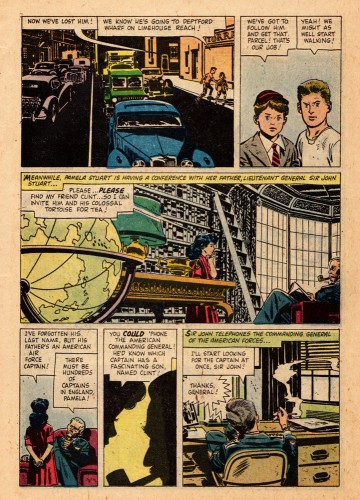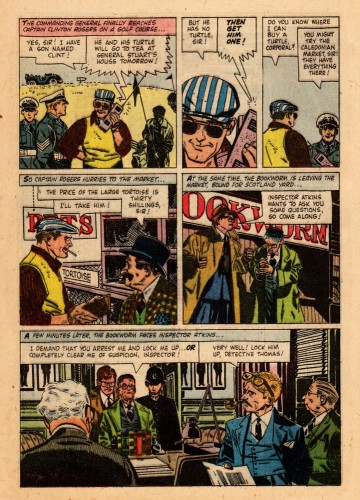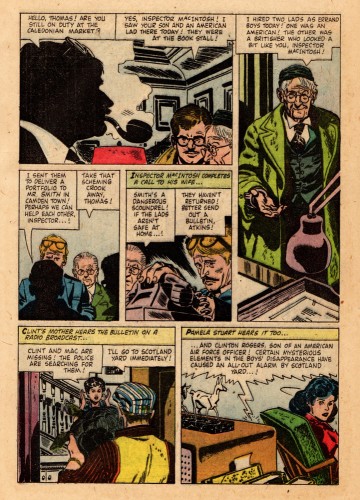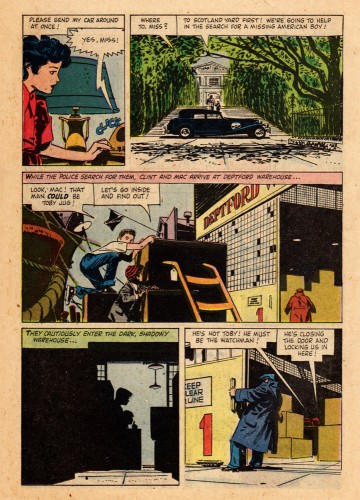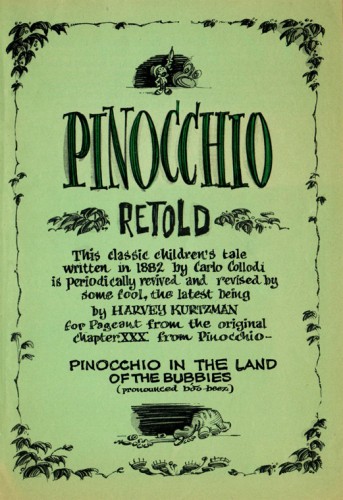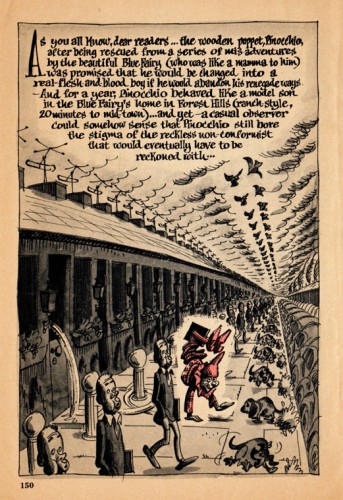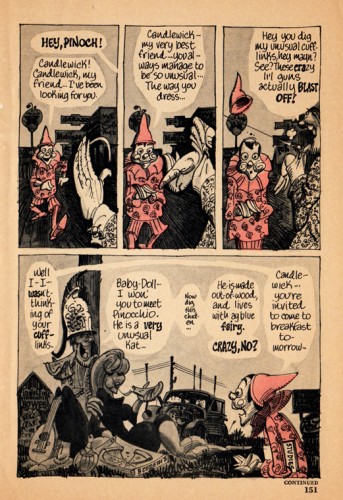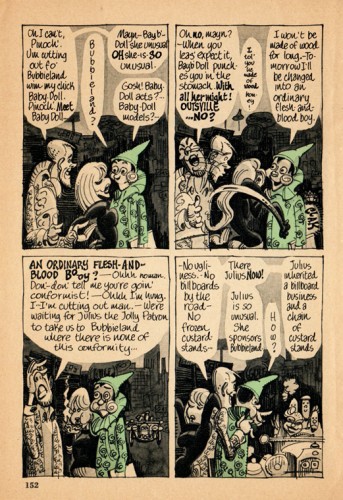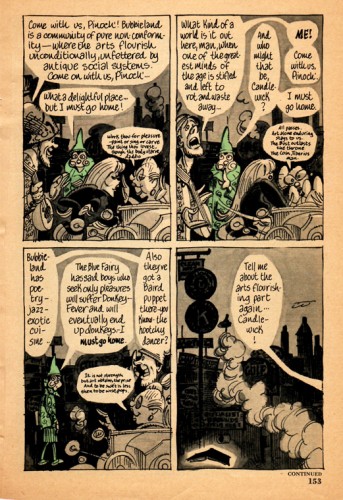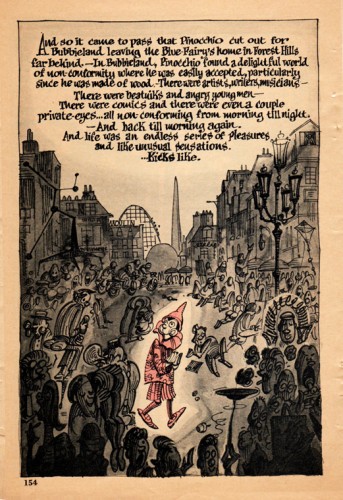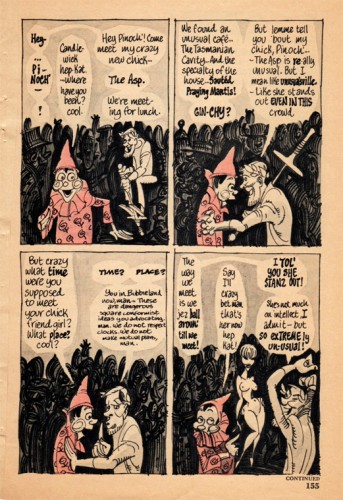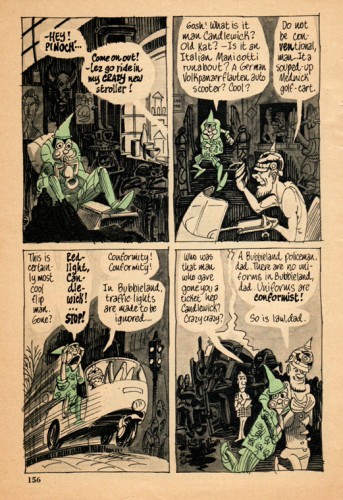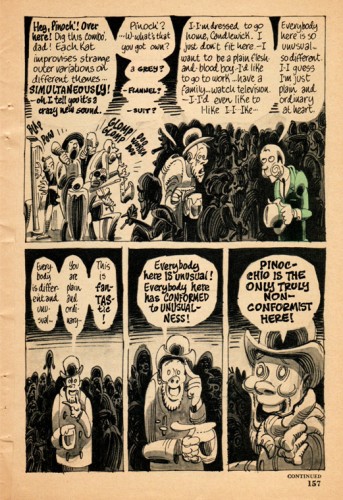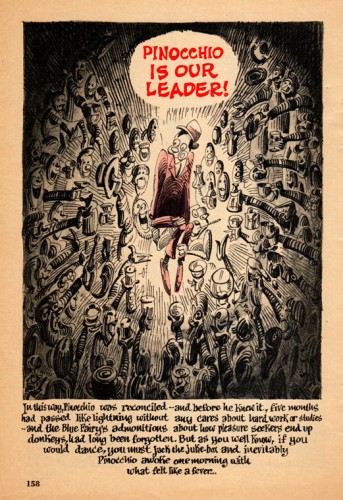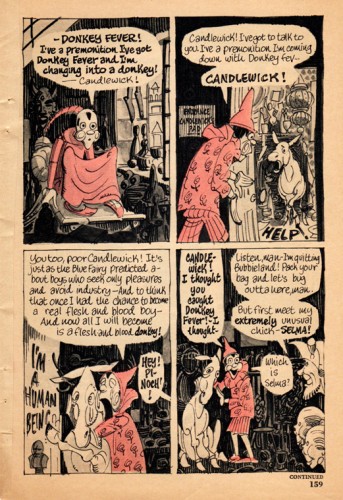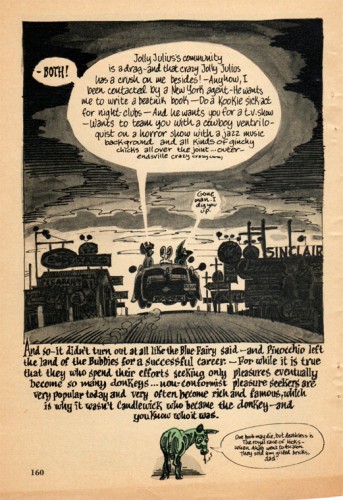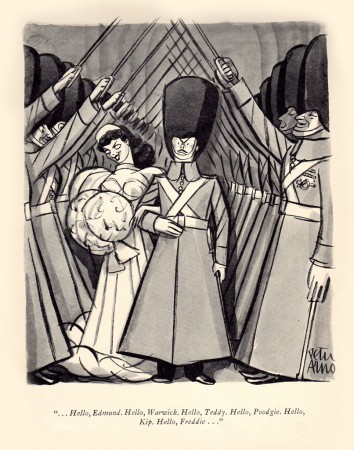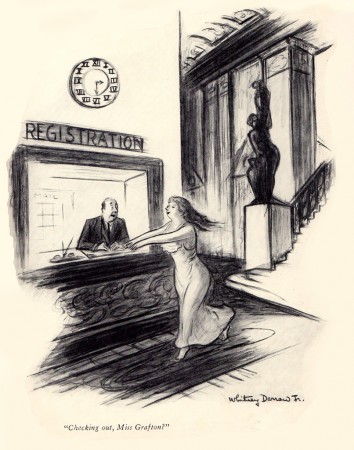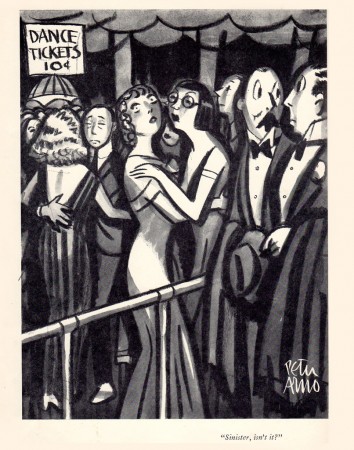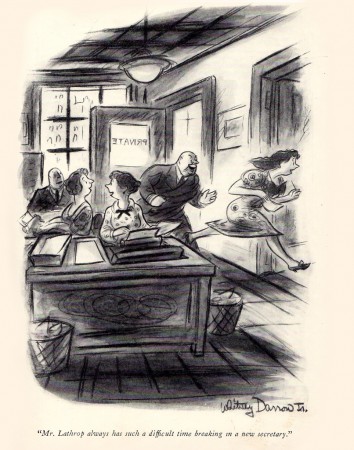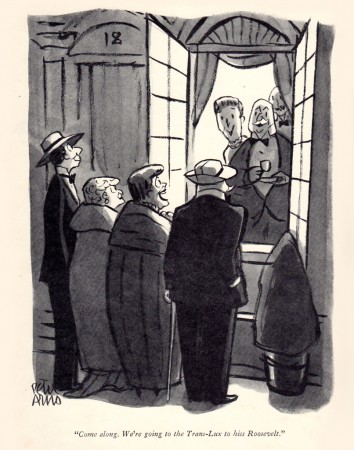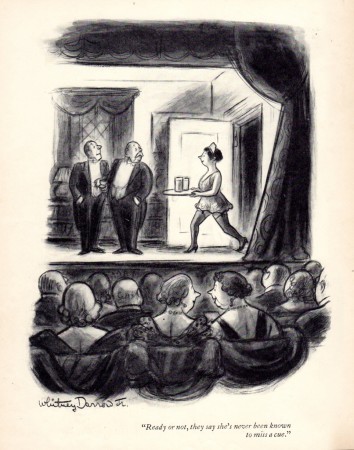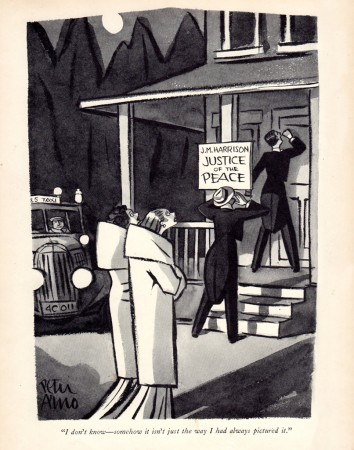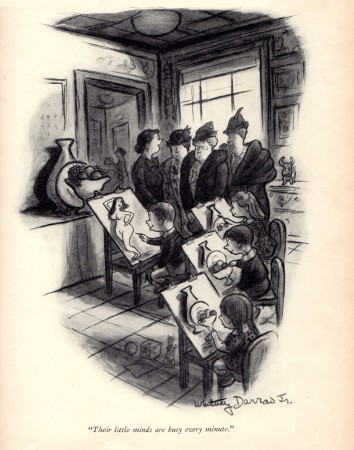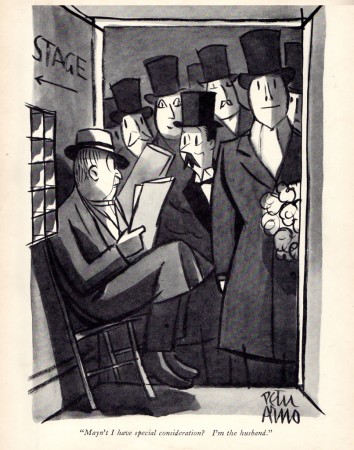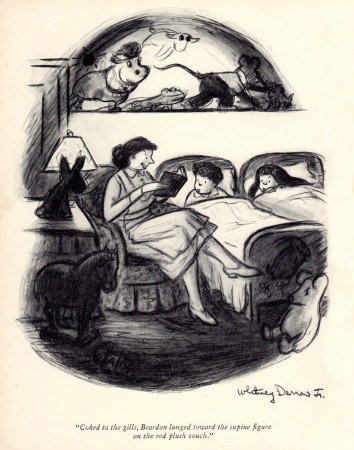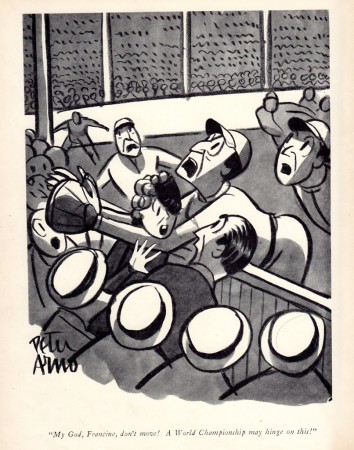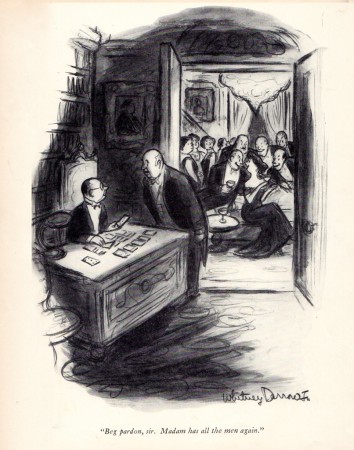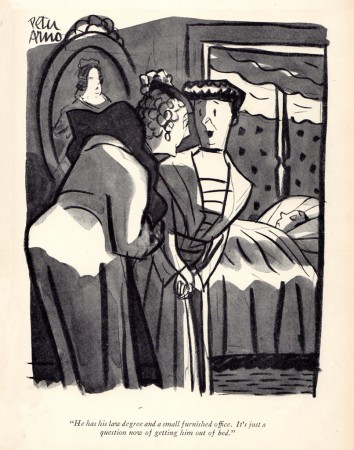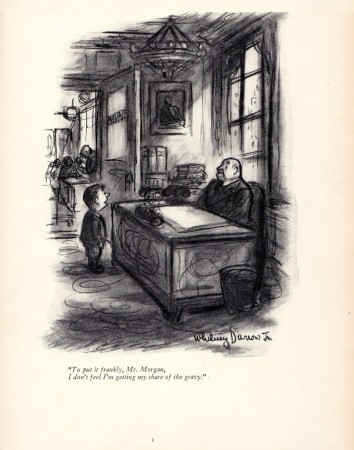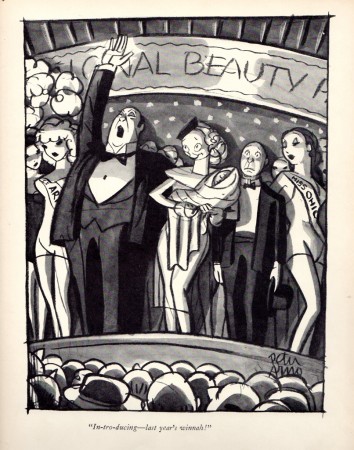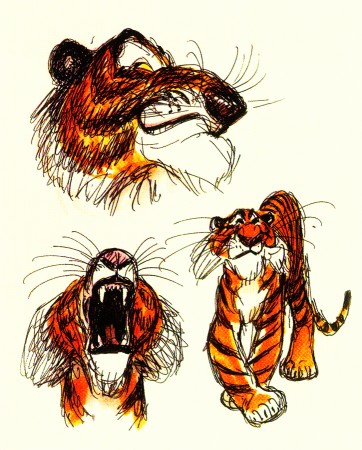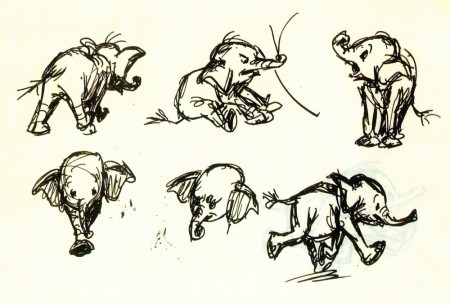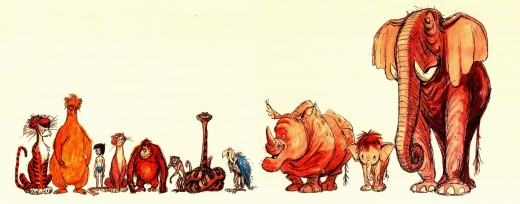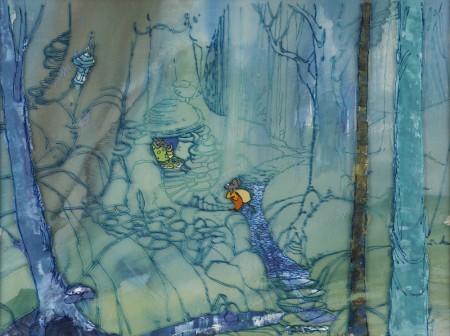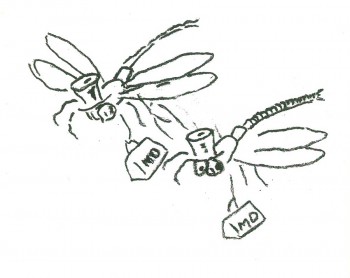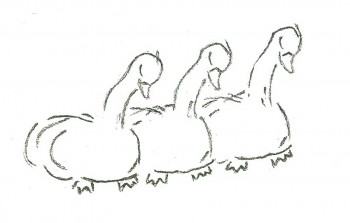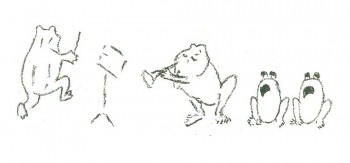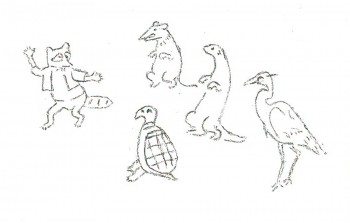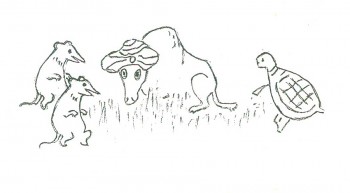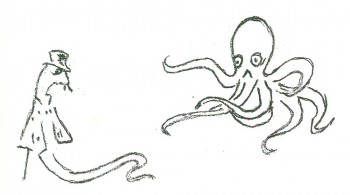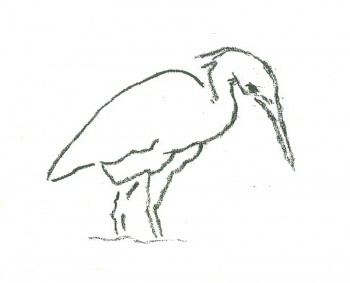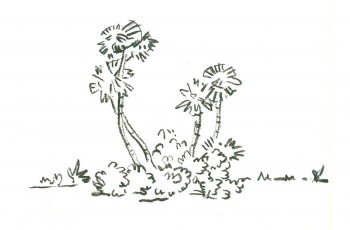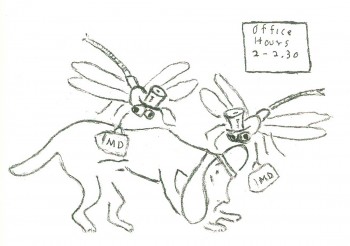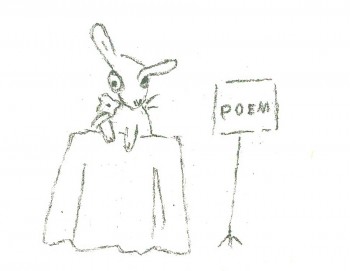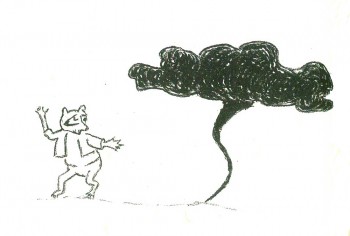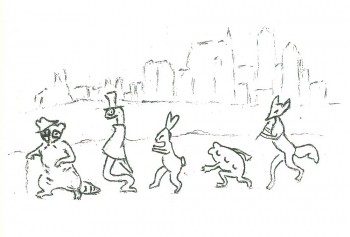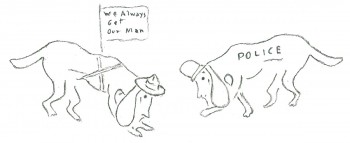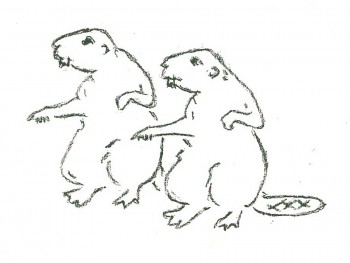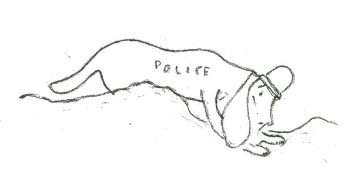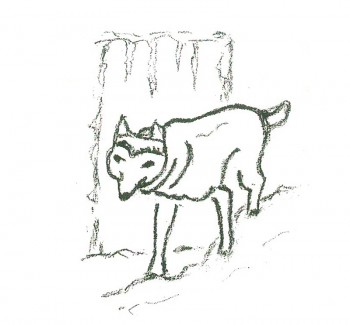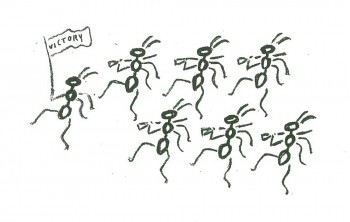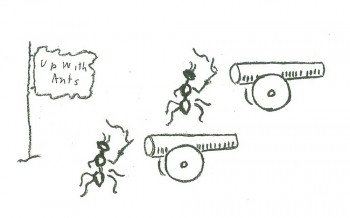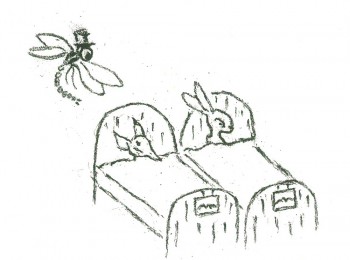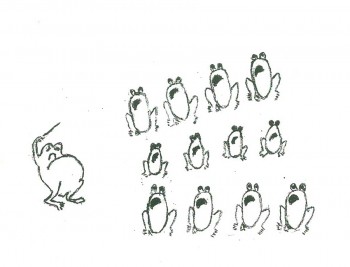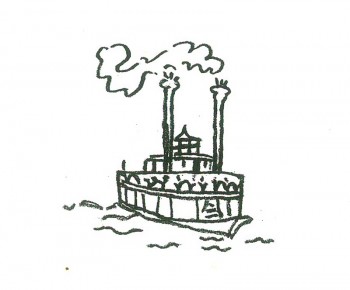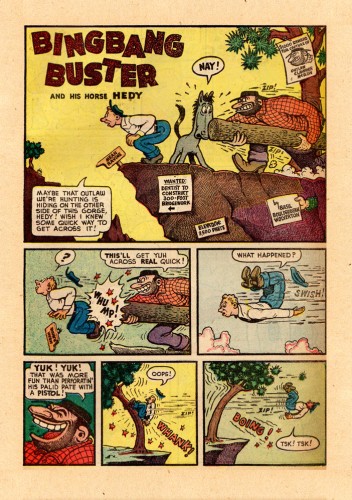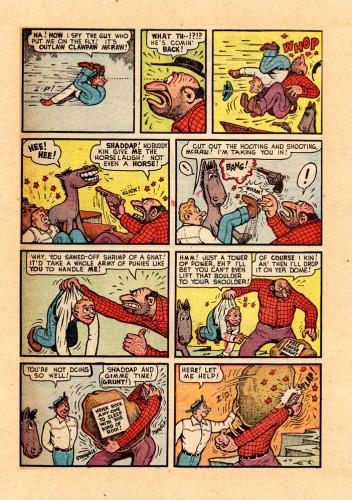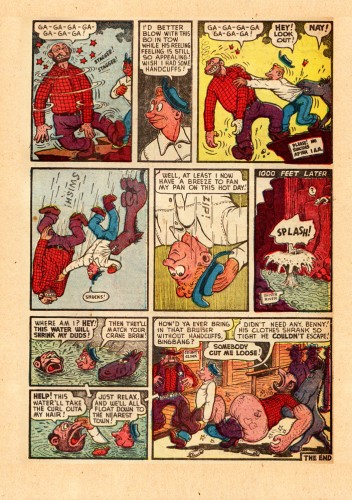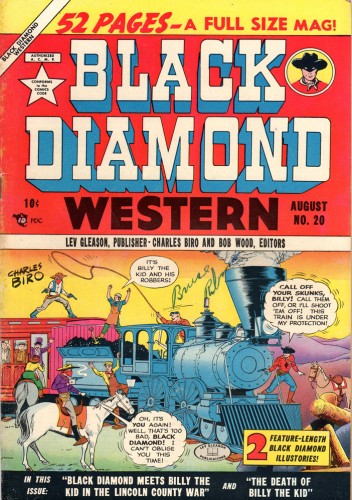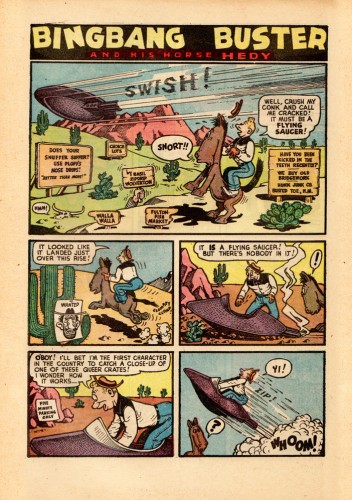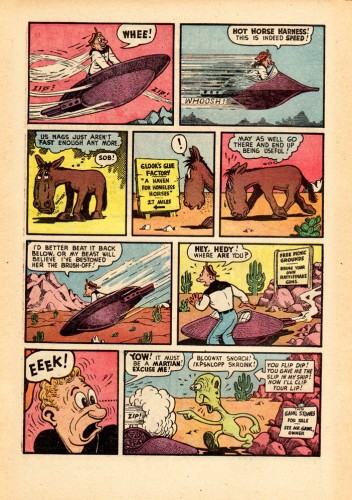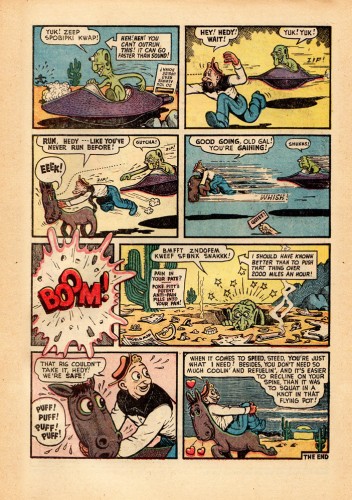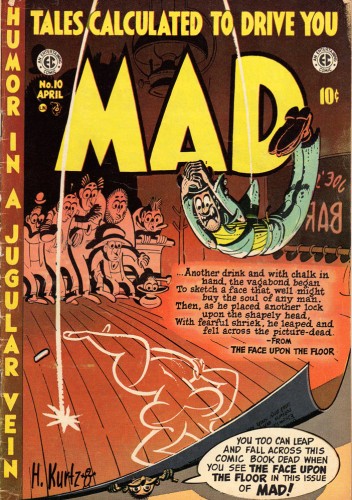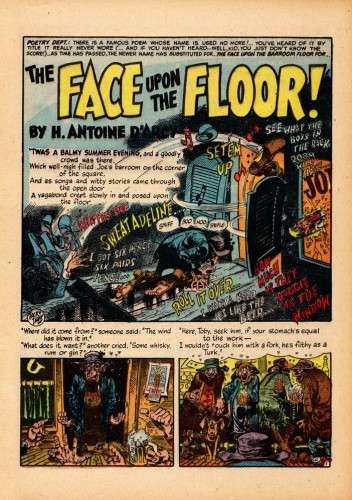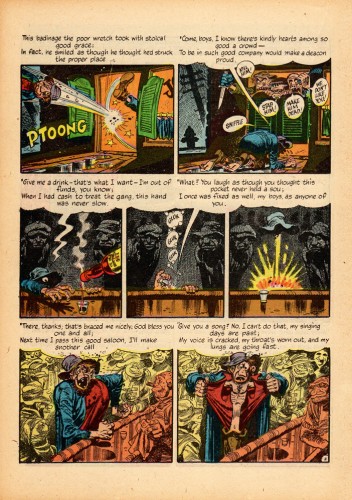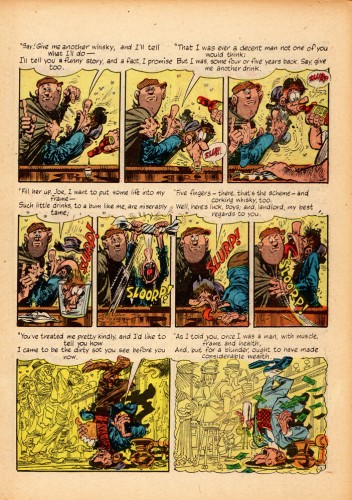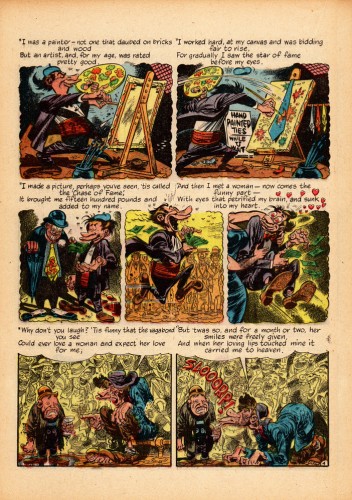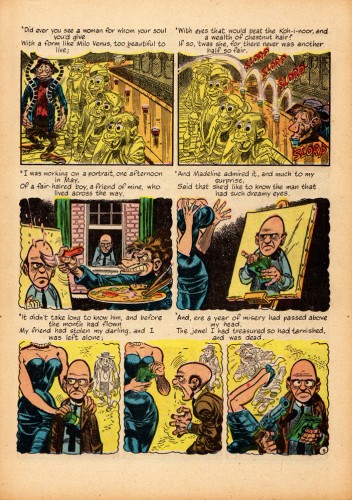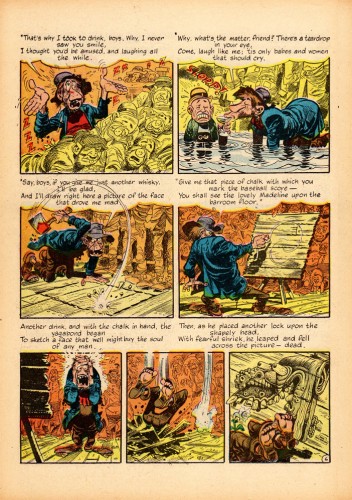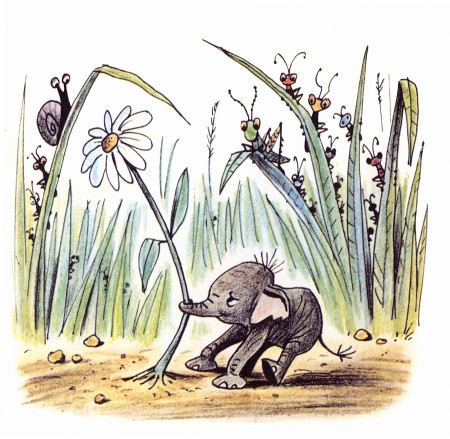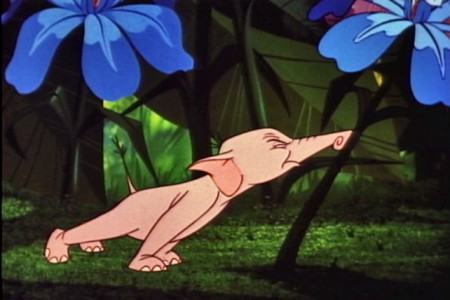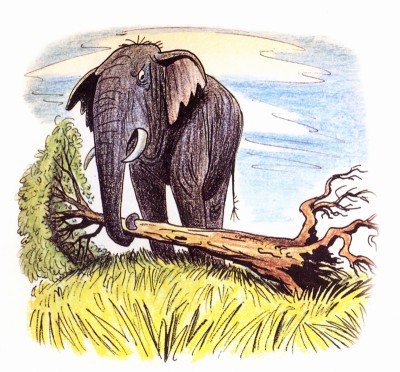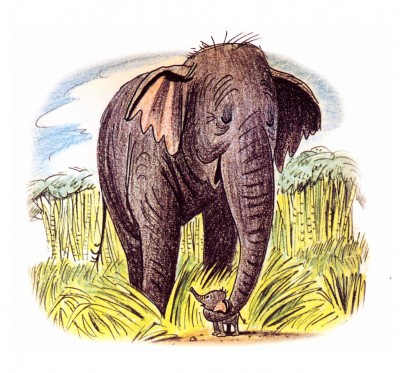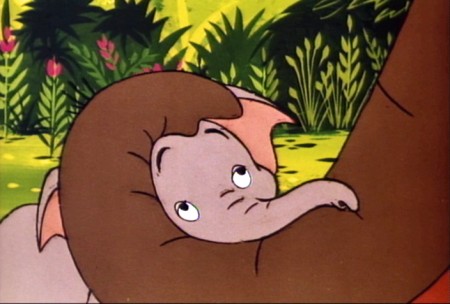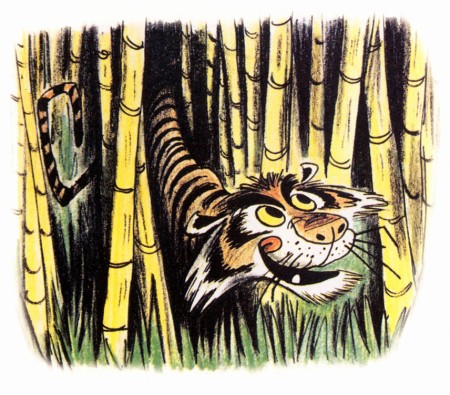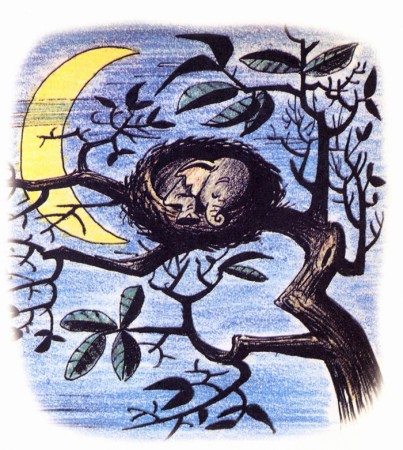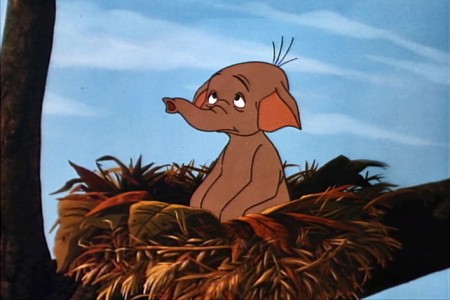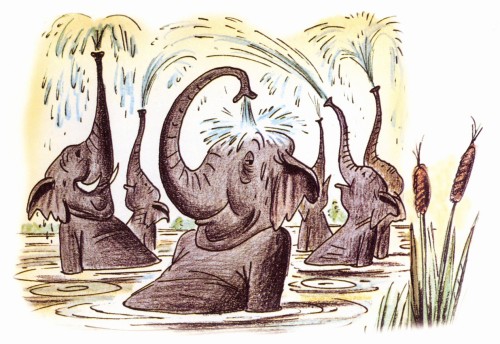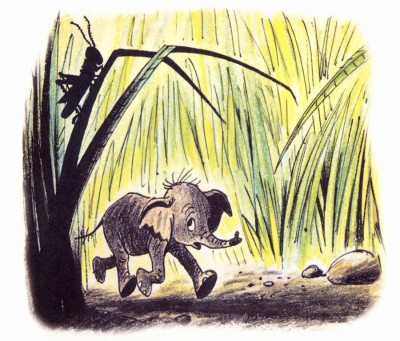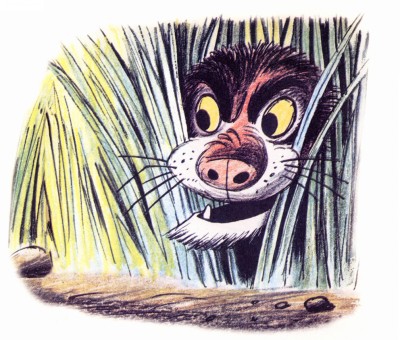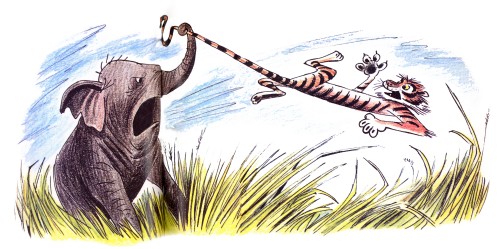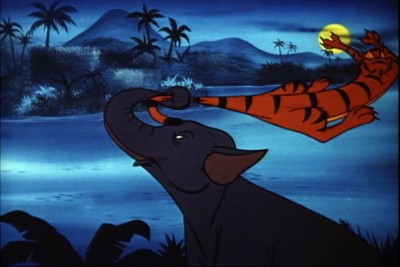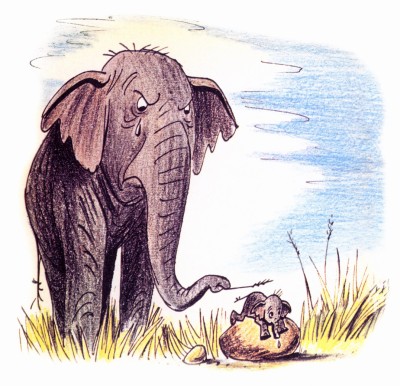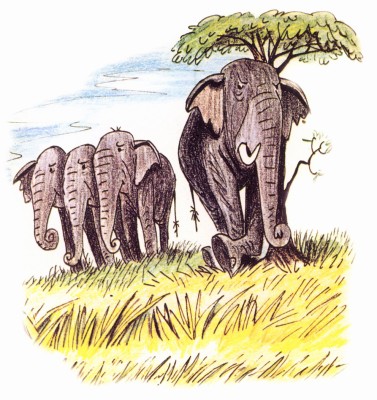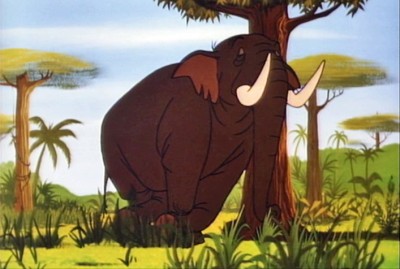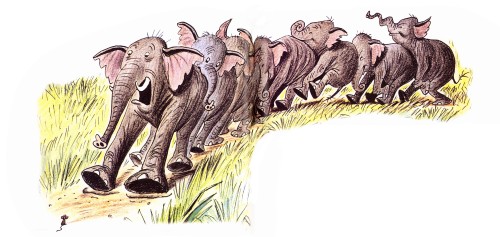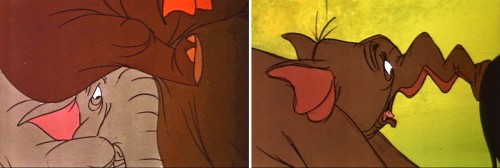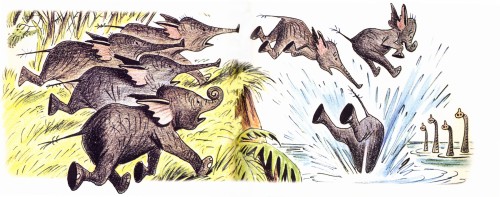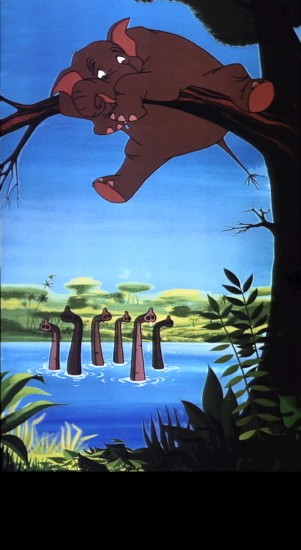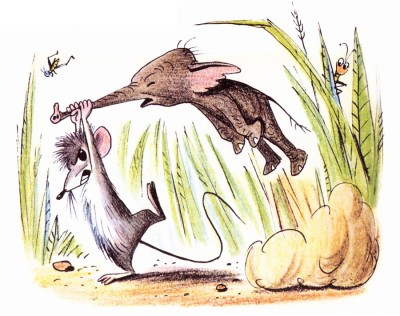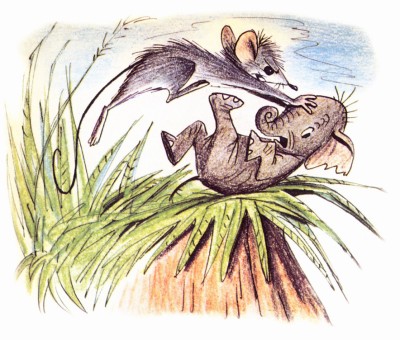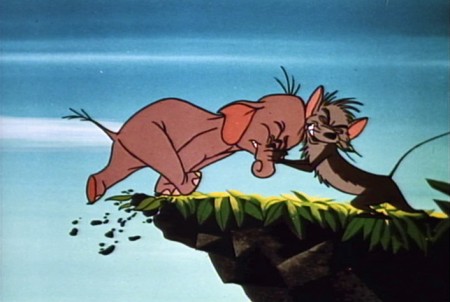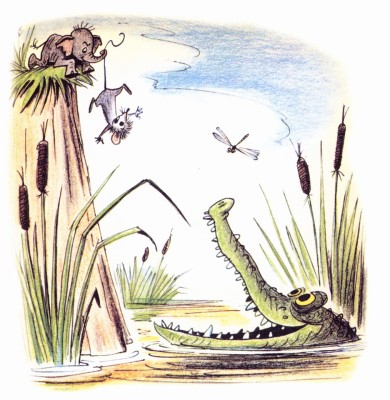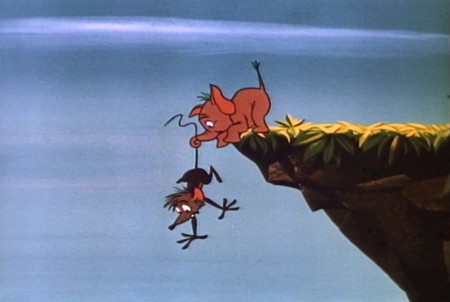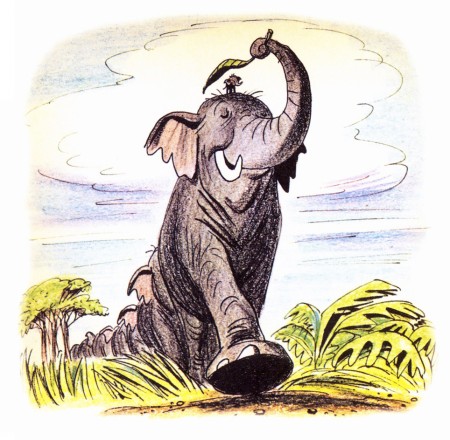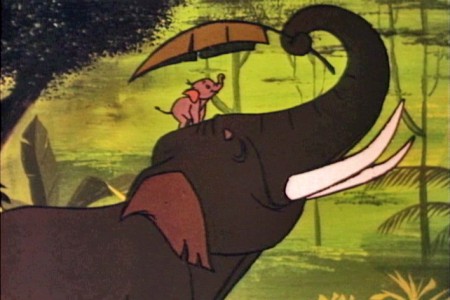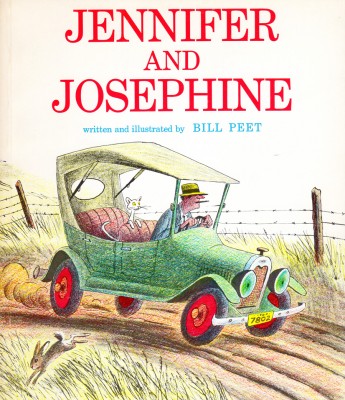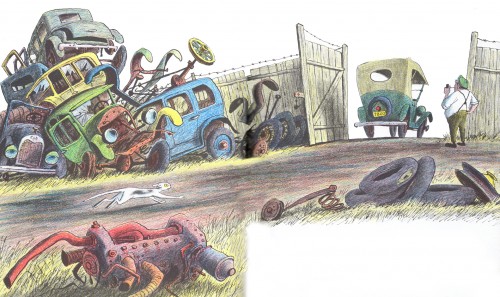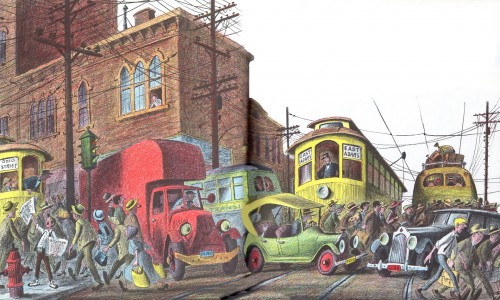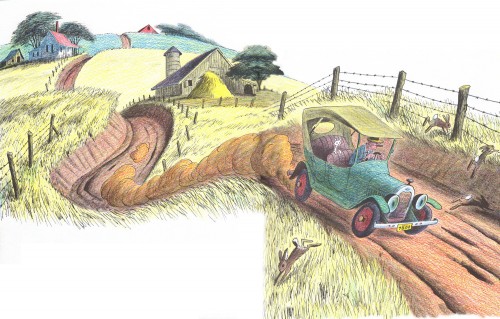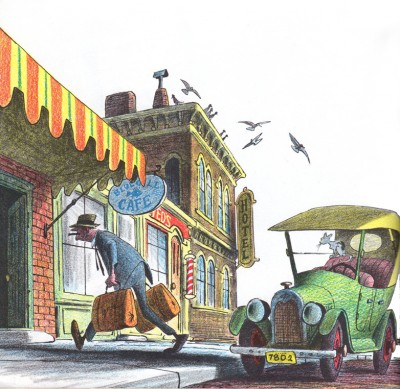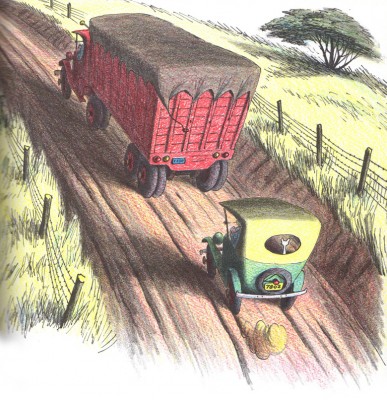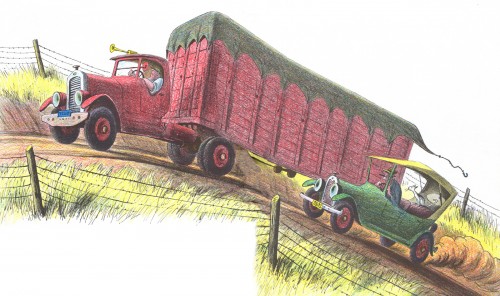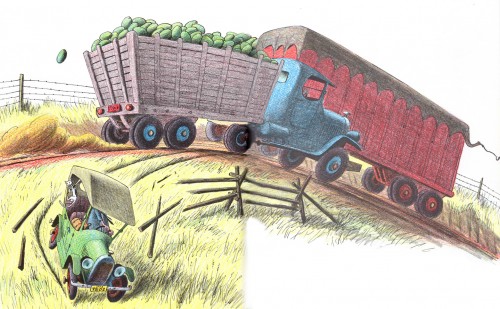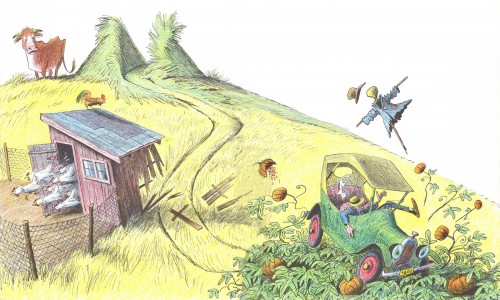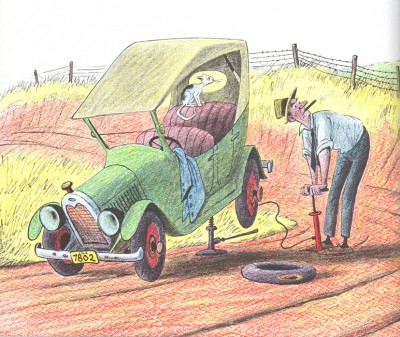Category ArchiveIllustration
Books &Illustration 05 May 2011 06:41 am
Searle’s Female Approach
- One of the gems I received for my birthday, a week or so ago, was a beautiful and rare book of Ronald Searle’s cartoons, The Female Approach – which includes the original St. Trinian’s books. This little gem came from John Canemaker. I’d thought I’d post two small chapters from the book. One a group of Caricatures, the second a piece called How To Cure A Cold.
Here are those cartoons:
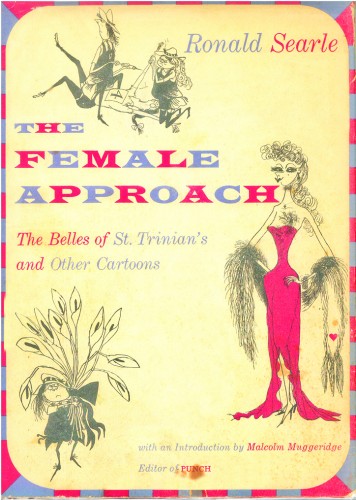
The book’s dust cover
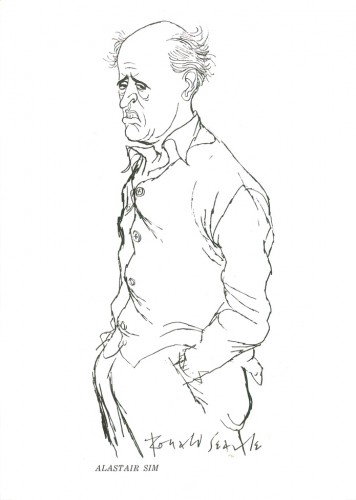 13
13
Ths caricature of Alastair Sim, alone, is worth the price of admission.
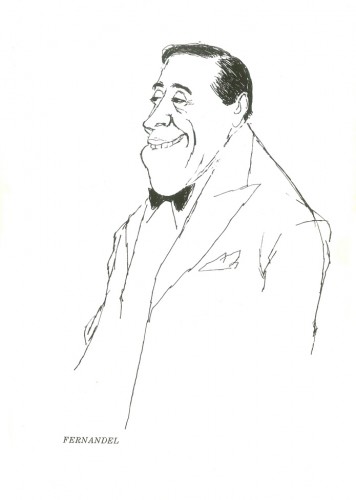 18
18
A magnificent cartoon of Fernandel. So simple and perfect.
Bill Peckmann &Books &Comic Art &Illustration 03 May 2011 03:08 am
Toth’s Land Unknown
- In celebration of the new book about Alex Toth, Genius Isolated by Dean Mullaney and Bruce Canwell, we’re posting some Toth work for Dell comics in the 60s.
Bill Peckman has an enormous collection of comics by Toth, and with the help of Dean Mullaney, we’d like to show how beautiful Alex Toth’s originals look in comparison with the poor quality printing of the comics. You can see how degraded the lines become in the final magazines when placing them alongside the original art.
Here are three comparisons to make from the comic, The Land Unknown.
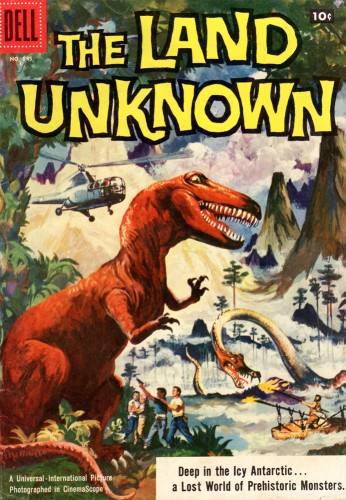
This is the published cover.
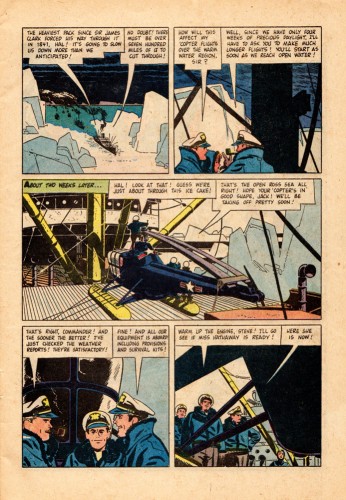 1a
1a
Look at the soft lines printed on the poor quality newsprint.
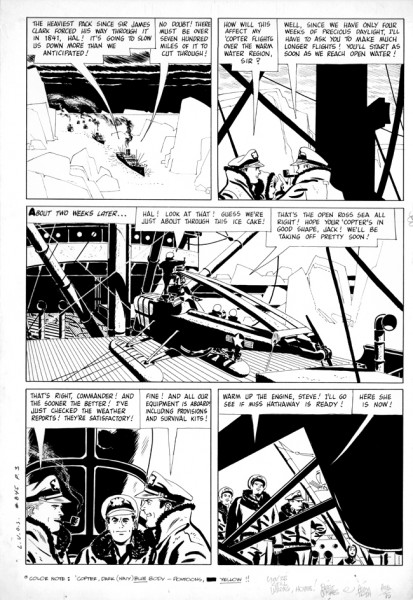 1b
1b
This is the original from Alex Toth.
Here are a sampling of other magazines done by Alex Toth.
Alex Toth also did a lot of TV titles such as: 77 Sunset Strip, Sugerfoot, The Real McCoys’, Danny Thomas, The Lennon Sisters… to name a few.
Probably his best remembered title is Zorro from the Disney TV series. This was reprinted not too long ago – the first collaboration between Alex Toth and Dean Mullaney.
Bill Peckmann &Books &Comic Art &Illustration 29 Apr 2011 06:57 am
Toth’s Clint and Mac
This material was sent to me by Bill Peckmann. Here’s Bill’s note accompanying it:
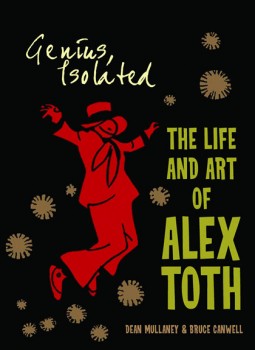 In a couple of days Dean Mullaney and and Bruce Canwell‘s Genius Isolated, a book about the work of Alex Toth, will be hitting the bookstores. This is certainly going to be a GREAT tome given the track record of dedicated work of the authors. (Early reviews bear this out.)
In a couple of days Dean Mullaney and and Bruce Canwell‘s Genius Isolated, a book about the work of Alex Toth, will be hitting the bookstores. This is certainly going to be a GREAT tome given the track record of dedicated work of the authors. (Early reviews bear this out.)
To celebrate the book here’s one of Alex’s Dell/Disney comic books. It’s the 1958 adaptation of the Disney movie Clint and Mac.
Alex was a big Robert Fawcett fan and I believe the 30 year old Toth had Fawcett on his mind when he illustrated this comic. There are so many beautifully designed panels on these pages. Sorry about the slap dash coloring of the book, but that’s the way Dell did it in those days, though the computer screen helps a lot.
One page of this magazine appears in the book. Here, you’ll get to see and read the whole thing. This is the first half of the book
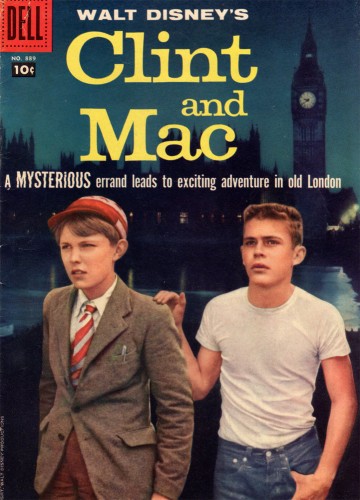
The magazine’s cover
Many thanks to Bill Peckmann for this rare piece of the Alex Toth collection.
Bill Peckmann &Comic Art &Illustration 26 Apr 2011 07:24 am
Kurtzman’s Pinocchio
- Harvey Kurtzman produced a piece for Pageant magazine back in 1960. It was a telling of Pinocchio with that distinctly Kurtzman touch. Bill Peckmann recently pulled his copy of the magazine off the shelf, dusted it off and sent scans to me. So all I have to do is take pleasure in posting it. Enjoy.
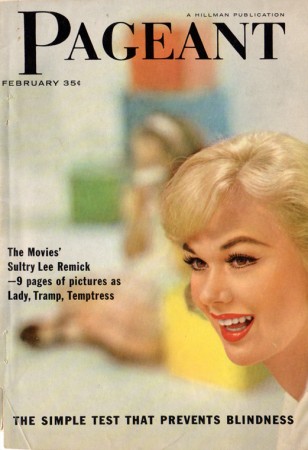
The cover of the magazine.
Bill Peckmann &Books &Illustration 22 Apr 2011 07:06 am
Robert Fawcett
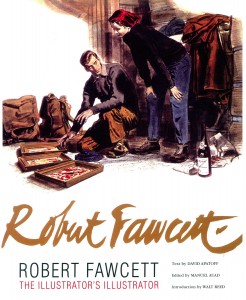 - I have to admit I’ve been a bit remiss. I was handed a copy of a brilliant new book and would have liked to have reviewed it much sooner than now. However, the book is so gorgeous that it’s hard to say much more than that about it. But I will.
- I have to admit I’ve been a bit remiss. I was handed a copy of a brilliant new book and would have liked to have reviewed it much sooner than now. However, the book is so gorgeous that it’s hard to say much more than that about it. But I will.
The book is titled: Robert Fawcett, The Illustrator’s Illustrator and it couldn’t be more appropriately labelled. Fawcett was
an illustrator who started selling in 1927 and continued on until his death in 1967. He worked for all the major magazines and entertainment groups.
Although Fawcett and Norman Rockwell worked at the same time, they were two sides of the coin. Rockwell illustrated mom, hearth and apple pie; Fawcett illustrated men, war, danger and action. He was the consummate draftsman and an inspiration for many illustrators who followed after him.
The text clearly covers Fawcett’s biography but it also goes into depth about his drawing and painting techniques. It’s thoroughly researched and well written to convey the artist’s process. There’s also a method to the arrangement of images so that you can see a repitition of poses, and some of the themes of the artist. It’s a well thought out book.
I’ve chosen a number of illustrations from the book to give a wide range of examples from his work. I think these will speak plenty for the volume, which is filled to the brim with well framed and positioned images.
Also included in the book is an interview done with Robert Fawcett by Mary Anne Guitar for Famous Artists Magazine, Vol.8, No.4, Summer 1960.
I have to applaud the key people responsible for this book. They include:
David Apatoff who wrote the text.
Manuel Auad who edited the book.
Walt Reed who wrote the Introduction.
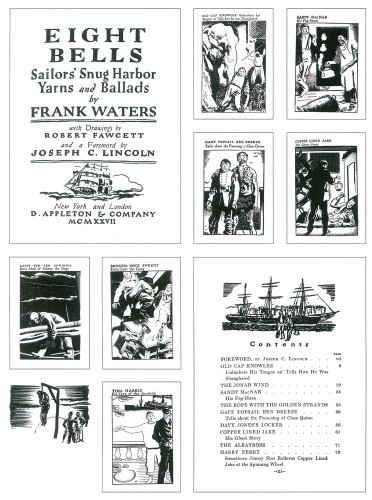
An early commercial assignment for Fawcett.
Illustration for “Eight Bells” by Frank Waters. (1927)
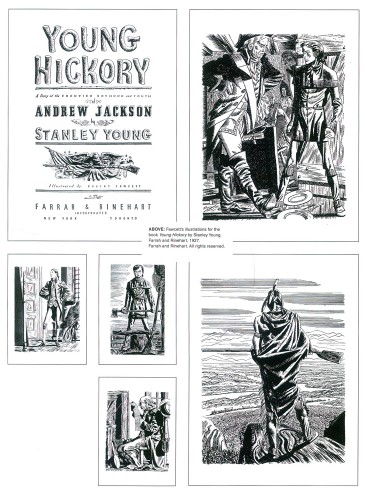
Another early commercial sale, the book illustrations for
“Young Hickory” by Stanley Young. (1927)
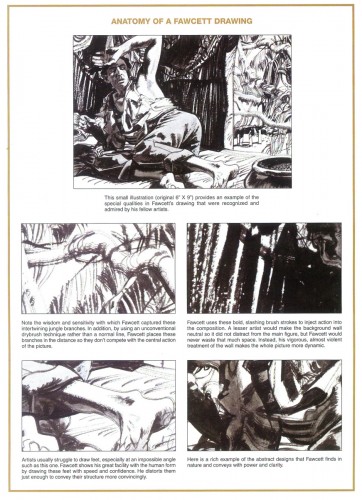
An interesting piece presented by the book’s authors.
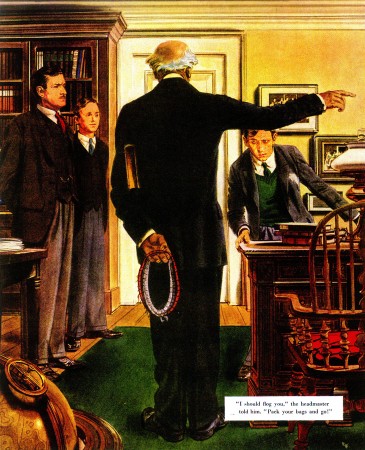
Day of Vengeance by Noel Langley
for Saturday Evening Post, April 10, 1948.
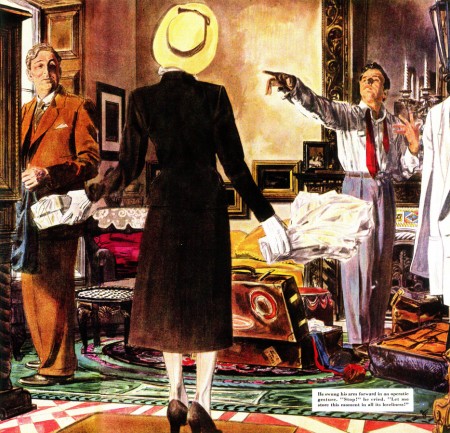
Counterfeit Marriage by George Tabori
for Saturday Evening Post, June 11, 1949
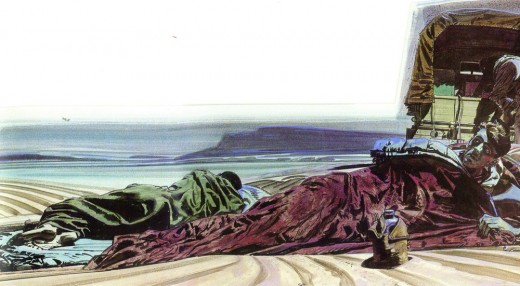
Prisoners of the Plain by Geofrey Household
Saturday Evening Post, October 31, 1947

Dawn Pursuit by Wyatt Blassingame
for Saturday Evening Post, March 1951
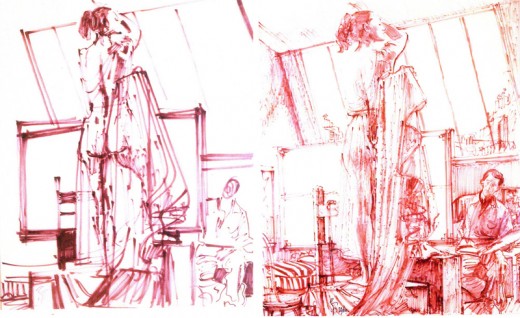
First preliminary sketch and the Final sketch for The Pride of Beauty.
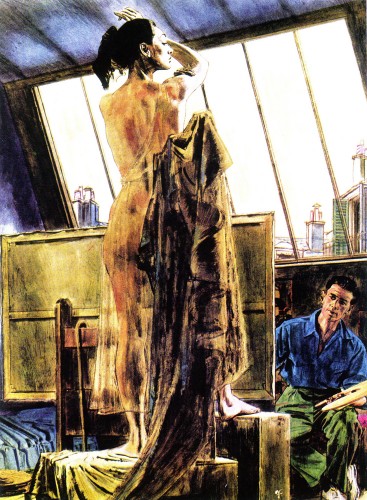
The Priide of Beauty by A.J. Cronin for
Woman’s Home Companion Magazine (1955)
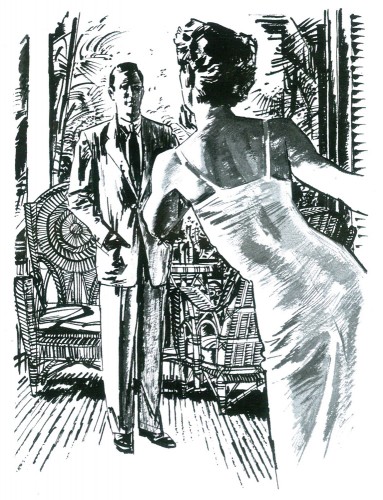
The Myna Birds by james Michener
for Holiday Magazine, (date unknown)
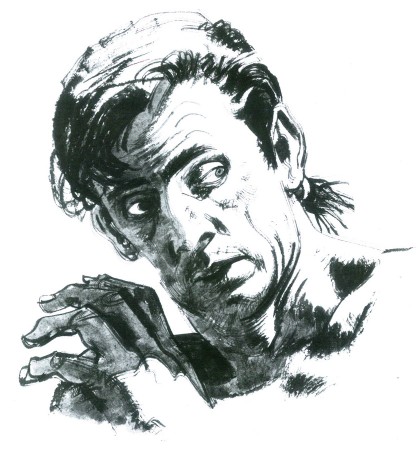
Mutiny In Paradise by James Michener
for This Week Magazine May 5, 1957.
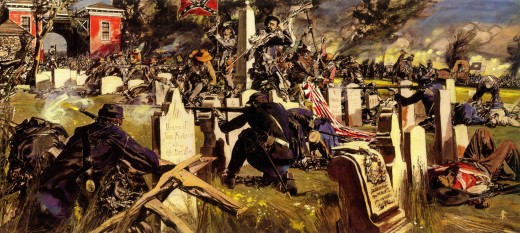
If the South Had Won the Civil War
Look Magazine, November 22, 1960
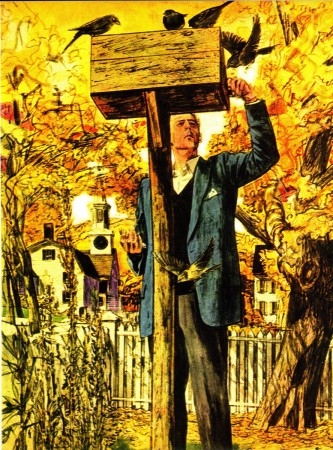
Story illustration, date & title unknown.
This Week Magazine
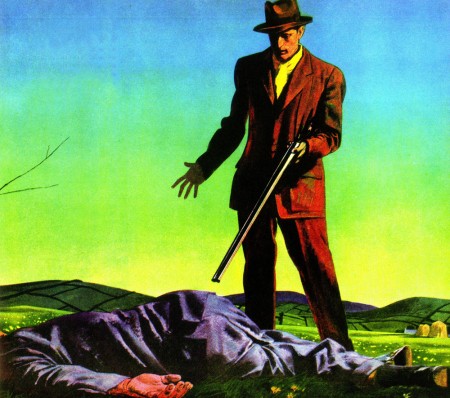
Run From the Hangman by Geofrey Household
Saturday Evening Post, March 10, 1951
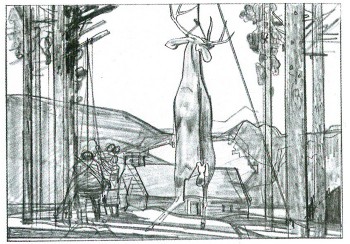
Preliminary sketch for Center Air Conditioning Refrigeration
Date unknown
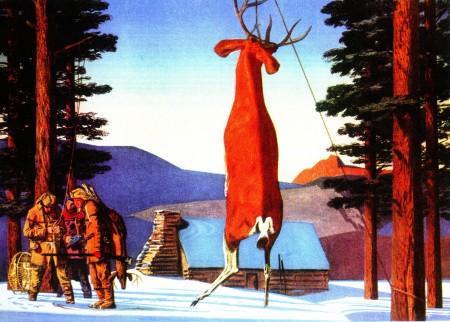
Center Air Conditioning Refrigeration advertisement
Date unknown
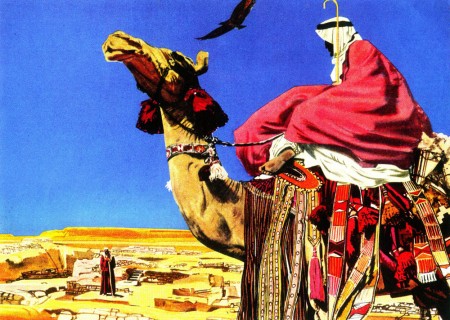
Center Air Conditioning Refrigeration advertisement
Date unknown
Many thanks to Bill Peckmann for getting a copy of this beautiful book to me. I wholeheartedly suggest you try to get a copy. It belongs in the hands or on the shelf of every working artist.
Bill Peckmann &Books &Comic Art &Illustration 19 Apr 2011 07:12 am
Arno & Darrow Jr. in 1937
- Bill Peckmann recently came upon a collection of New Yorker cartoons from 1937. Since we’ve been running some artwork by Peter Arno and Whitney Darrow Jr., we thought it’d be interesting to grab the cartoons by these two from that year. To put it in perspective, remember that 1937 was the year that Snow White was released.
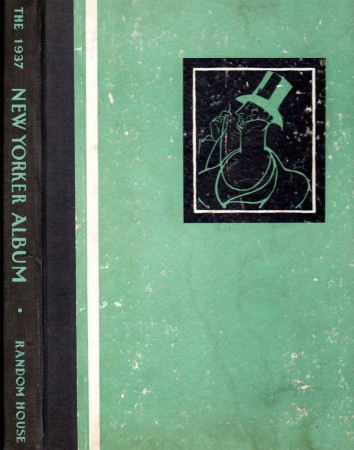 1
1
Animation Artifacts &Books &Disney &Illustration 18 Apr 2011 06:22 am
Catfish Bend
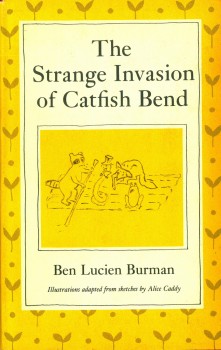 - Back in 1972 there was a celebration of Disney at Lincoln Center. As an offshoot of the main program, there was a series of lectures given by Frank Thomas, Ollie Johnston, Woolie Reitherman and Ken Anderson. For most of those days they talked about Robin Hood, which had just been released, as well as The Rescuers. In the last day, we heard about what was coming up. Anderson suddenly had a fire in his eyes when he talked about Catfish Bend. This was, apparently, going to be a melding of four of the books in the series by Ben Lucien Burman. (You can read a bit about it from Steve Hulett’s POV, here.) Anderson showed some of the drawings (via slide projection) he had done for the film. They were all pen, ink and wash drawings he was doing, similar to ones we’d seen from him on The Jungle Book, done with the Mont Blanc pen he liked using.
- Back in 1972 there was a celebration of Disney at Lincoln Center. As an offshoot of the main program, there was a series of lectures given by Frank Thomas, Ollie Johnston, Woolie Reitherman and Ken Anderson. For most of those days they talked about Robin Hood, which had just been released, as well as The Rescuers. In the last day, we heard about what was coming up. Anderson suddenly had a fire in his eyes when he talked about Catfish Bend. This was, apparently, going to be a melding of four of the books in the series by Ben Lucien Burman. (You can read a bit about it from Steve Hulett’s POV, here.) Anderson showed some of the drawings (via slide projection) he had done for the film. They were all pen, ink and wash drawings he was doing, similar to ones we’d seen from him on The Jungle Book, done with the Mont Blanc pen he liked using.
The drawings didn’t excite me very much, but I was curious. They did remind me of The Rescuers sketches he had shown. I suppose the fact that both are set in the Florida Everglades helped the similarities. I bought a copy of the initial book, “The Strange Invasion of Catfish Bend”, and read it. The book contained some charming and tiny illustrations by Alice Caddy throughout its 150 pages. I’ve decided to post some of those here, so you can see the originals that got Ken Anderson excited.
Here are a few of Anderson’s sketches for The Jungle Book:
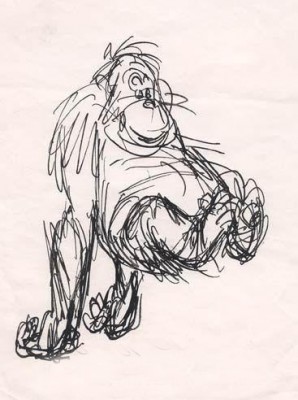
And these are a couple of Anderson’s sketches for Catfish Bend:
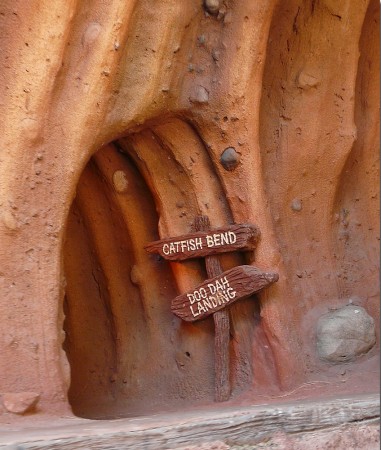
These are the illustrations by Alice Caddy from “The Strange Invasion of Catfish Bend.”
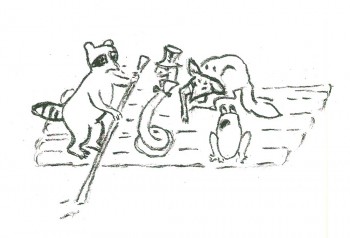 1
1
Bill Peckmann &Comic Art &Illustration 15 Apr 2011 05:45 am
More Bingbang Busters
- Last week we posted a couple of “Bingbang Buster” stories from the “Black Diamond Western” comic books. These strips were done by Basil Woolverton. The Blacxk Diamond Western covers are by Charles Biro. Here are two more stories from June and August of 1950.
We’ll finish up with Jack Davis‘ story for “Mad” comic books. The “MAD” cover is by Harvey Kurtzman.
These, of course, come from the immense collection of Bill Peckmann. I’m grateful to him for the scans and the loan to post them.
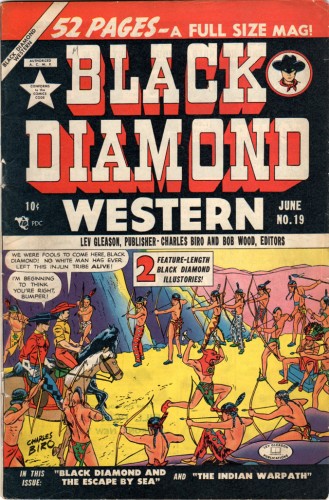 1
1
Animation Artifacts &Books &Disney &Illustration 12 Apr 2011 06:56 am
Goliath II
- I feel very fortunate. Jason Hand, following my posts on Bill Peet’s great book illustrations, has sent me the illustrations to the book, Goliath II. This book grew out of the Disney featurette. Peet, in his autobiography, says he pulled the story from one he had written to be made into a book. When he was in the doghouse at Disney, sentenced to working on commercials for the likes of Peter Pan Peanut Butter, he stopped Walt in the hallway and showed him the story outline. Disney put it into production immediately.
It was an important film in that it was the first to use Xerography to copy the animators’ lines onto the cels. This was an extremely important step before they moved onto 101 Dalmatians.
I thought this was a great invitation for me to add some frame grabs from the film which match the illustrations of the book, to see how closely the two matched. After looking at the book, one can see that the film is very two dimensional. Every action happens east – west. None of the action moves in perspective (toward or away from you). This, of course, is a product of the limited budget. The film is also all closeups. Little of the action takes place in Long Shot (the better to keep the budget down.) The film, naturally, is a disappointment when compared to Peet’s illustrations.
Here are the illustrations followed by the correlative frame grabs:
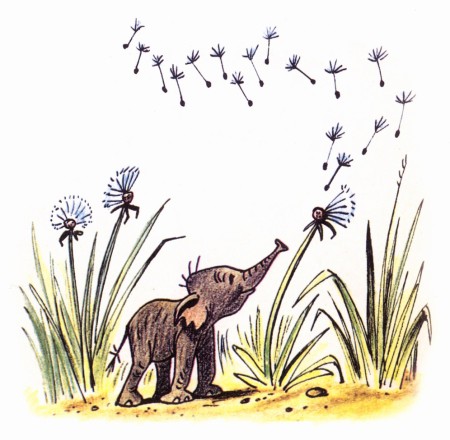 1
1A delicate drawing of something that doesn’t appear in the film.
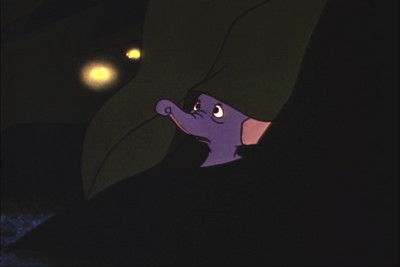 1
1
The closest thing to floating dandelions is Goliath watching
a couple of fireflies toward the last half of the film.
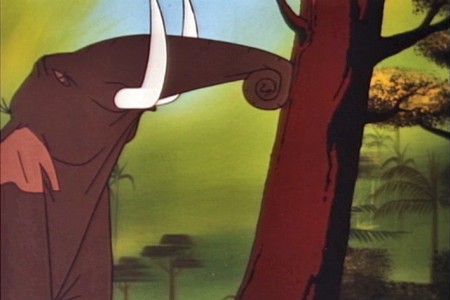 3
3
This scene isn’t played well in the film.
It’s perfectly clear in the book.
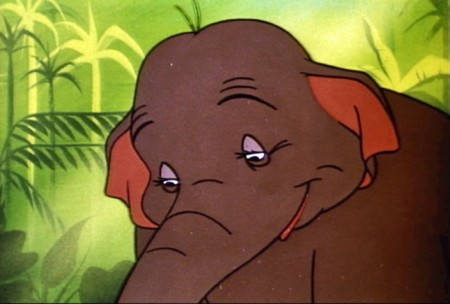 4a
4a
They couldn’t handle this scene in a single shot.
They broke it into two closeups. TV direction.
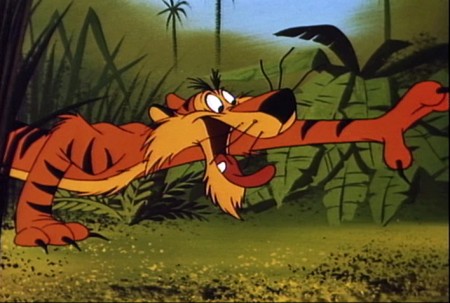 5
5
This is about as close as I can come to a match.
Peet’s drawing is so full of life.
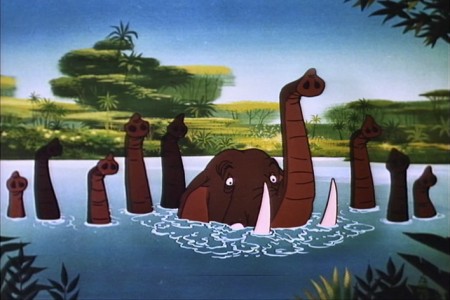 7
7
This scene actually comes later in the film.
There was no bathing scene early on.
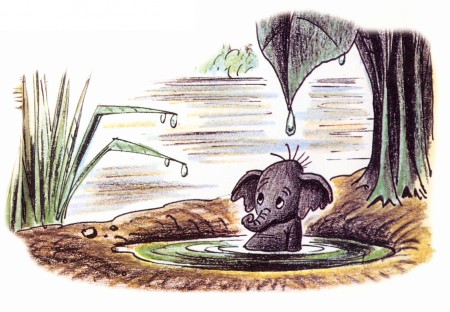 8
8
No relation to this scene is in the film.
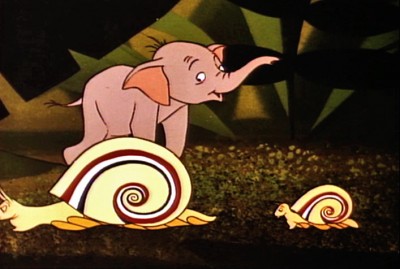 9
9
There’s no real correlative to this illustration in the film.
The closest appears toward the beginning.
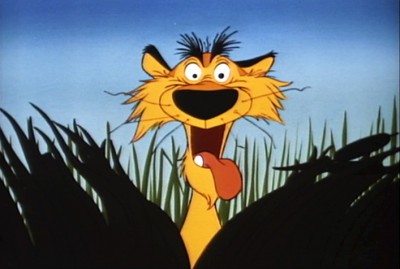 10
10
More John Lounsbery than Bill Peet.
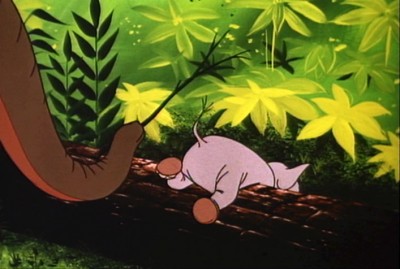 12
12
A very different approach in the film.
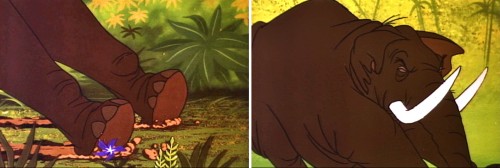 14a
14a
The elephant pile up illustrated by Bill Peet has to be broken
into a number of short scenes cutting back past the elephants.
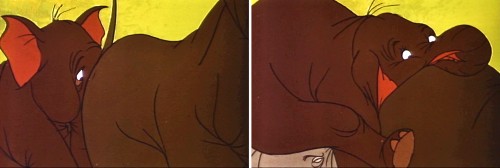 14b
14b
This makes animation easier to do and, consequently, fewer drawings.
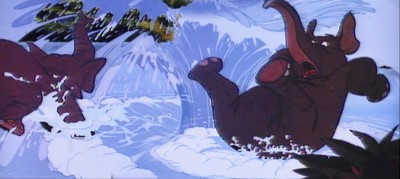 15a
15a
The elephants end up in water, but they jump in
one at a time. Better for the reuse of animation.
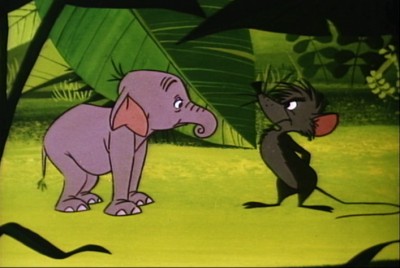 16
16
The mouse enters the story.
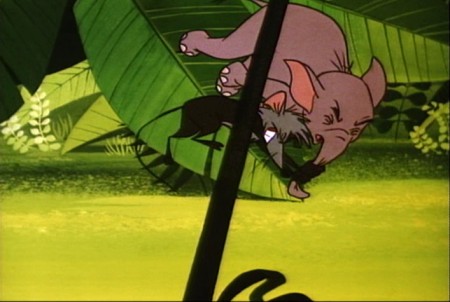 17a
17a
The mouse throws Goliath in a very different way.
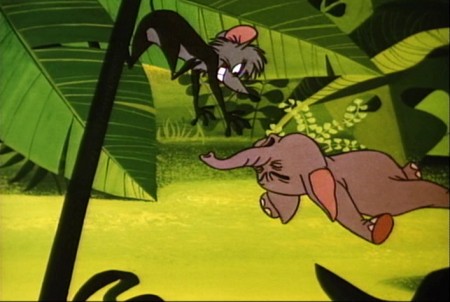 17b
17b
Unfortunately they’ve plotted the entire move
with an overlay that cuts up part of the action.
Art Art &Bill Peckmann &Books &Illustration 08 Apr 2011 07:17 am
Peet Row
On posting some of Grant Wood‘s illustrations last weeik, Eddie Fitzgerald commented that:”‘Death on the Ridge Road’ might have been the inspiration for one of my favotite Bill Peet illustrations in (I think) ‘Chester the Worldly Pig.’†Bill Peckmann pointed out that the book is probably not “Chester the Worldly Pig” but “Jennifer and Josephine.”
Bill’s scanned a good half of the book’s illustrations leading up to the point where the Wood painting and the Peet illustrations come close to matching. It’s good to see what was so obviously Peet’s influences.
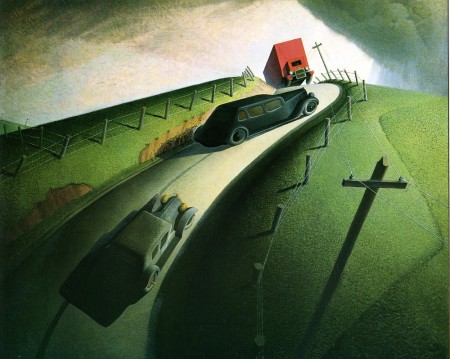
Grant Wood’s DEATH ON RIDGE ROW.
Thanks go to Eddie Fitzgerald for the reference in the comments.
A bigger thanks goes out to Bill Peckmann for the search and the scans.
